Premier Guitar’s Ted Drozdowski met with virtuoso Jimmy Herring, frontman John “JB” Bell, and techs Joel Byron and Paul Agostino before the second of three dates at Nashville’s Ascend Amphitheater to get the scoop on how Widespread Panic’s string-stretchers get their sounds.
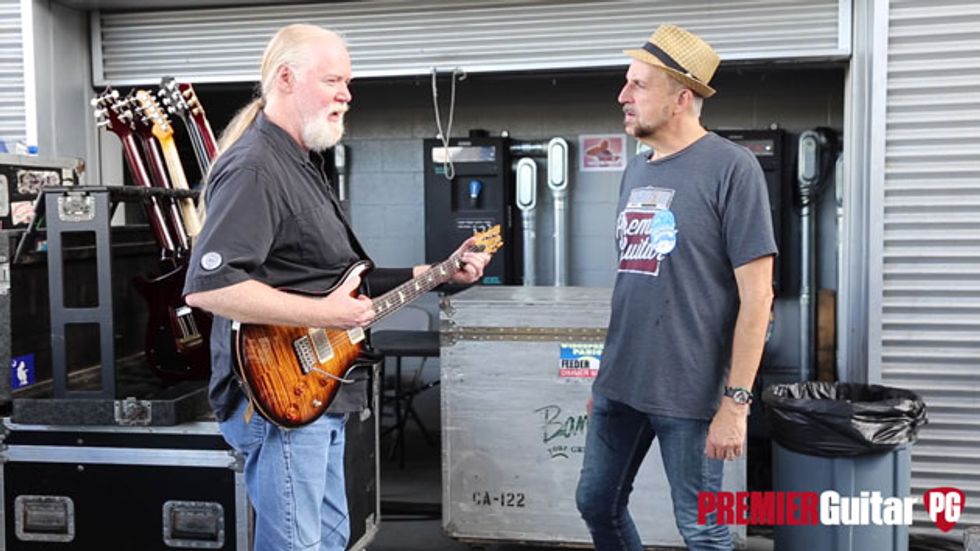
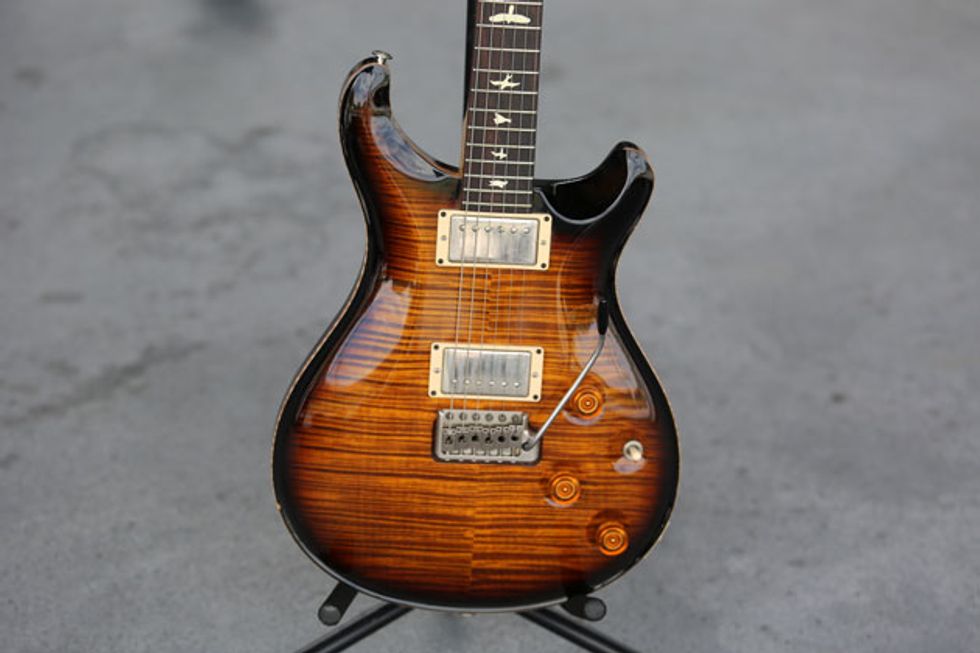
Jimmy Herring’s main guitar with Widespread Panic is a custom-built Paul Reed Smith with Lollar Imperial pickups, two volume controls and a single tone control. He favors jumbo frets with medium action for more clarity and definition, and strings them up with D’Addario .010 sets. The back of its headstock bears the legend “Custom built for Jimmy Herring,” and is signed by Smith. His backup axe, which also has Lollar Imperials, is a David Grissom signature PRS that he mostly pays in drop D.
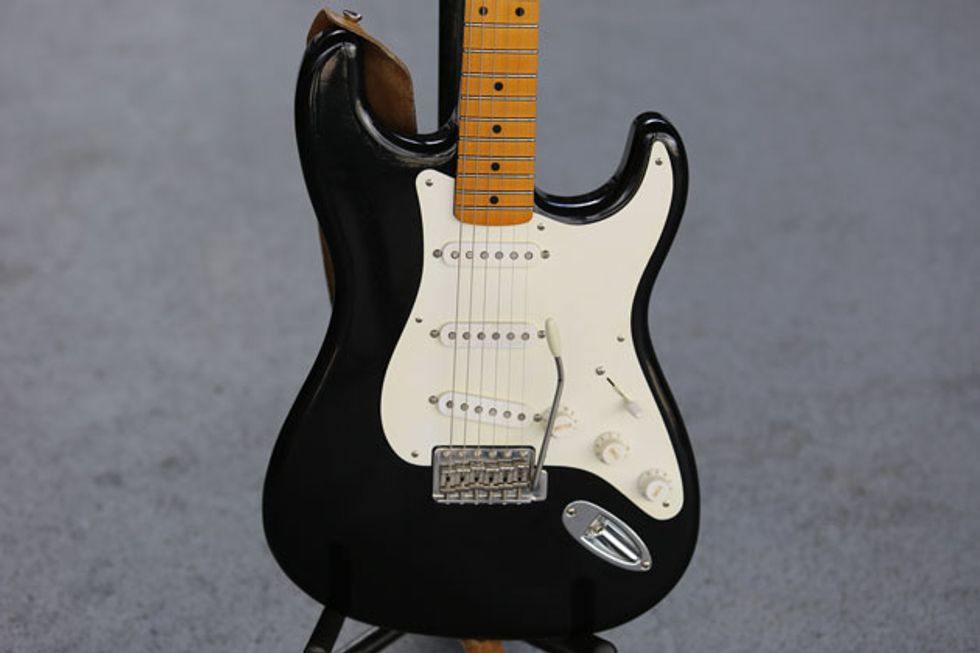
Besides his PRS guitars, Herring brought this parts S-style guitar built by guitar tech Joel Byron on Widespread’s sojurn to Nashville. It’s “sort of a ’50s style,” says Herring. The guitar’s got a light ash body (from MJT), which he says tends to resonate better, a USA Custom Guitars neck, Don Mare pickups, and a Callaham bridge chosen to give the strings a more modern spacing. As with all his guitars with whammy bars, he uses four springs under the bridge. The axe’s middle setting activates the neck and middle pickup.
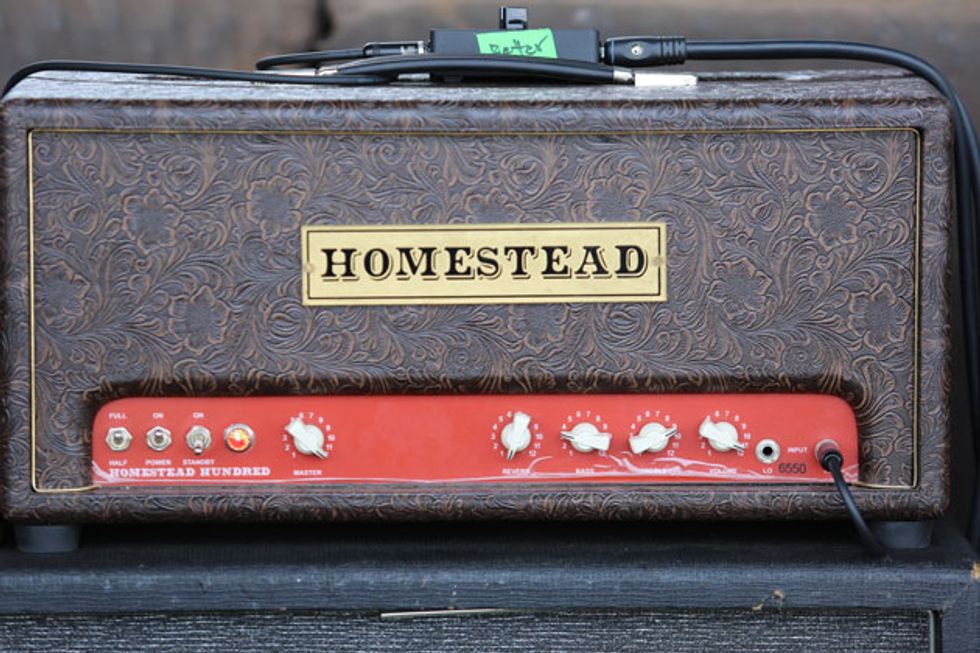
Herring’s dry tone comes from a 100-watt Homestead head handbuilt by Peter McMahon, outfitted with 6550 tubes. After a volume pedal and tuner, it’s what Herring’s signal hits first, and then a line out goes to a second volume pedal that leads to his wet amp rig.
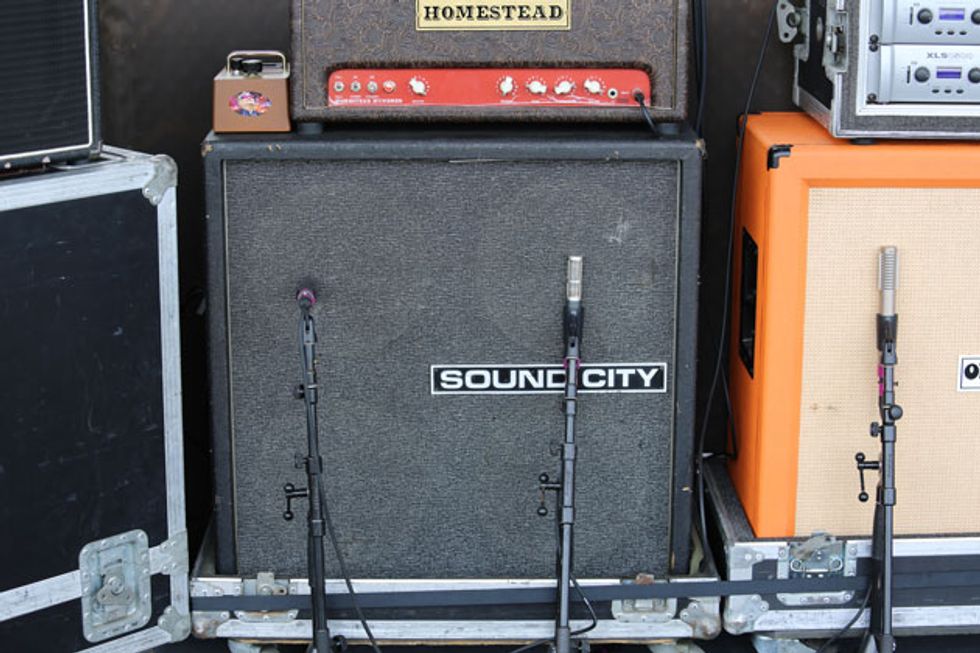
The cab for Herring’s dry signal is this old 4x12 Sound City with 40/40 Tone Tubby ceramic magnet speakers. Perched atop the cabinet is a Brown Box input voltage attenuator with a sticker of his late mentor Col. Bruce Hampton’s face on it.
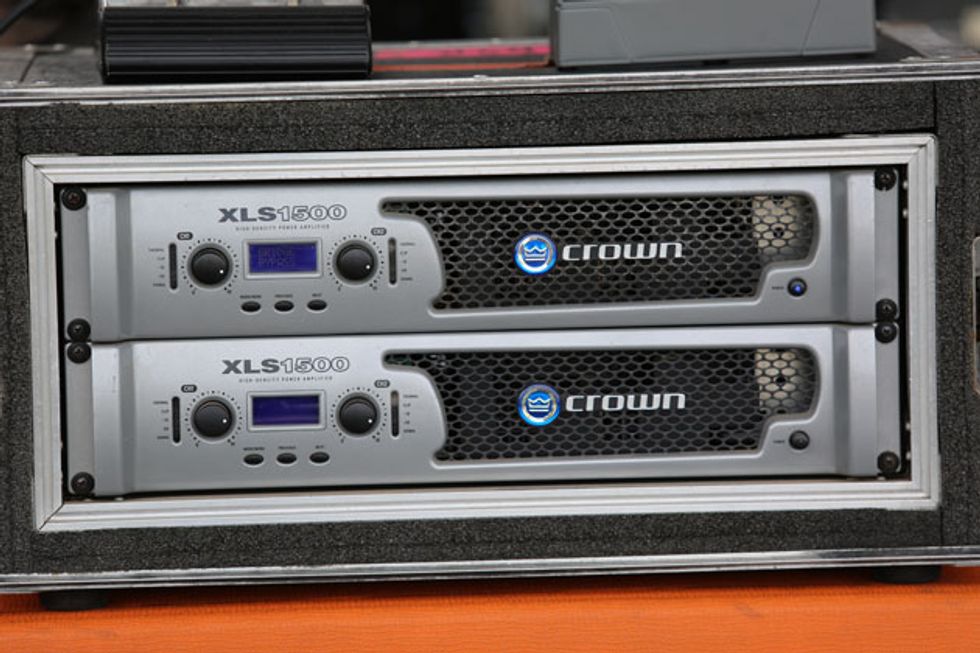 The muscle behind Herring wet rig is a Crown XLS1500 power amp, with a spare. The amp’s lowest output, for an 8-ohm cab, is 300 watts.
The muscle behind Herring wet rig is a Crown XLS1500 power amp, with a spare. The amp’s lowest output, for an 8-ohm cab, is 300 watts.
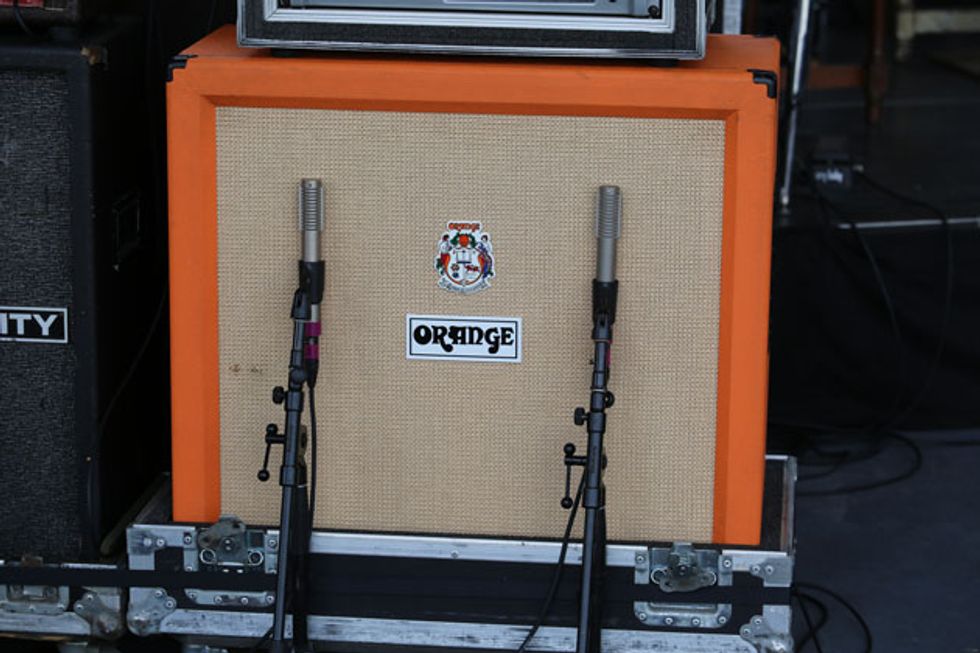
Herring’s Crown power amp pushes sound through an Orange 4x12 run in stereo, with four Electro-Voice Force monitor speakers, for big, clean tones. The reverb comes courtesy of an Eventide Space, and when things need to get dirty, there’s a Hughes & Kettner Tube Factor also atop the power amps.
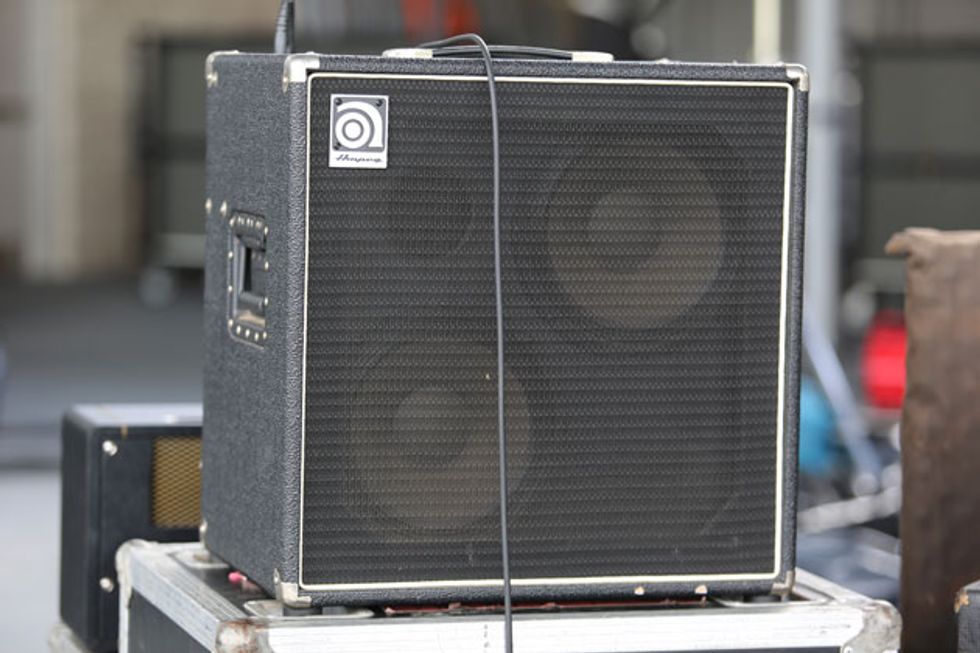
Here’s the Ampeg BA210SP that Herring uses as a monitor for Dave Schools’ sound. Typically, he leaves the controls where Joel Byron sets ’em.

Herring might use this Germino Classic 45 to play smaller venues than an outdoor arena like the Ascend. It’s essentially an update on the Marshall JTM45, with Drake power and output transformers, and TAD KT-66 and Mullard reissue 12AX7 tubes.
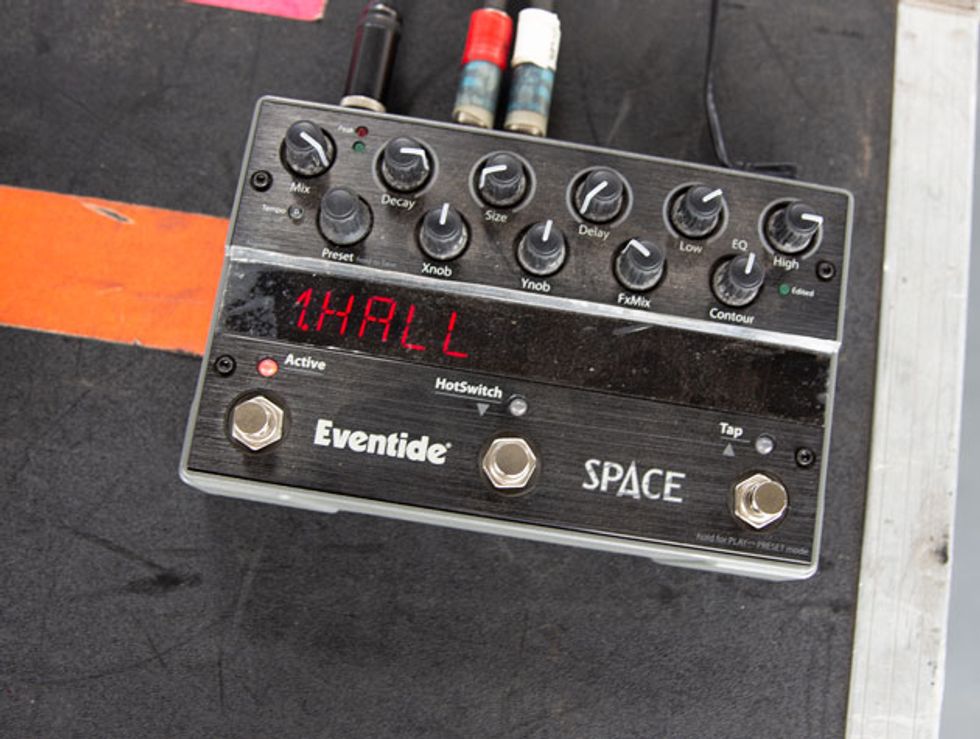
Jimmy Herring’s versatile palette of tones with Widespread Panic mostly comes from his deft control of volume, but a few boxes are also along for the ride. The most important is his Eventide Space, which provides the reverb for the tone that emerges from his stereo Orange cab. That’s buoyed by a Hughes & Kettner Tube Factor, for overdrive, but he plugs straight into an Ernie Ball volume pedal and a battered Boss TU-2 tuner.
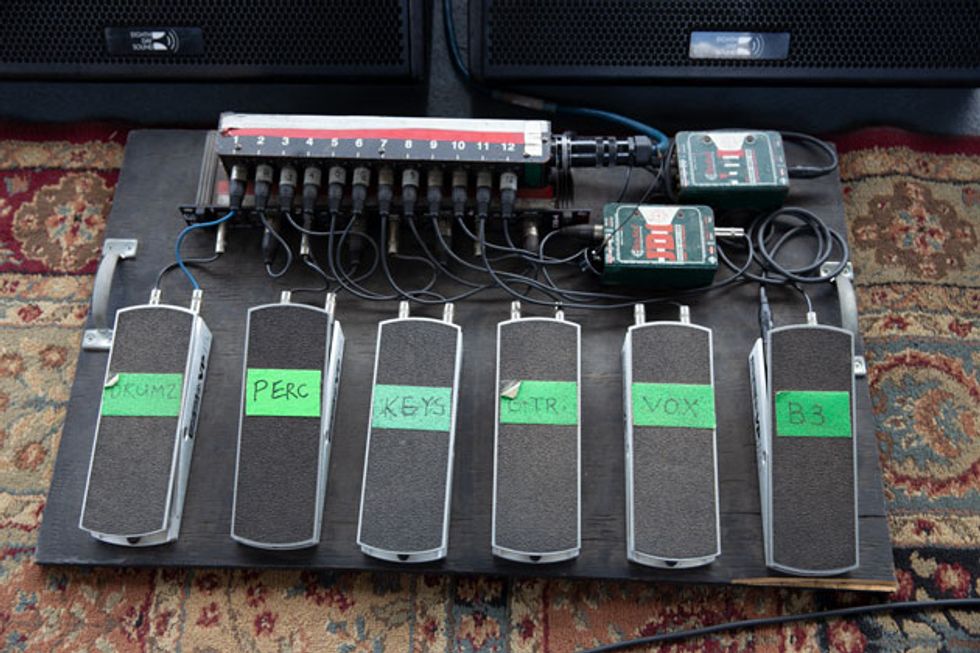
This array of volume pedals at the front of Herring’s stage carpet allows him to control what he’s hearing in his monitors without using his hands. He got the system while touring with the Dead in 2000. “I was finding myself for the first time on really big stages, and asked their soundman, Dennis Leonard, who they call ‘Wiz,’ if he could build something better for me than one of those monitors you have to control by hand. This keeps me from having to think about anything while I play.”
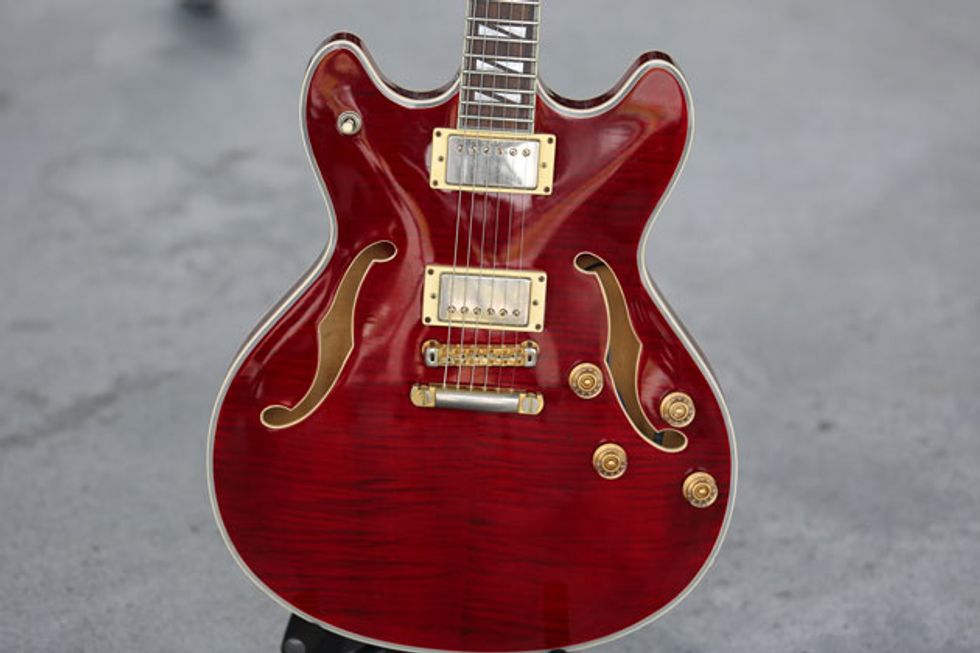
John “JB” Bell’s main guitar is the latest in a line of Washburn HB35 semi-hollowbody models he’s been playing since 1990, with a distinctive custom red finish and white binding. It’s got Seymour Duncan Pearly Gates humbuckers and is strung with .012 sets with a wound G. His backup is an all-black HB35 he uses for slide—mostly in open G, open D, or drop D. His slides are brass, and he also tunes the guitar down a whole step to play some Vic Chesnutt songs. The pickups are a Duncan Alnico II Pro in the neck and a Custom in the bridge. He tends to use both pickups at all times, for both guitars.
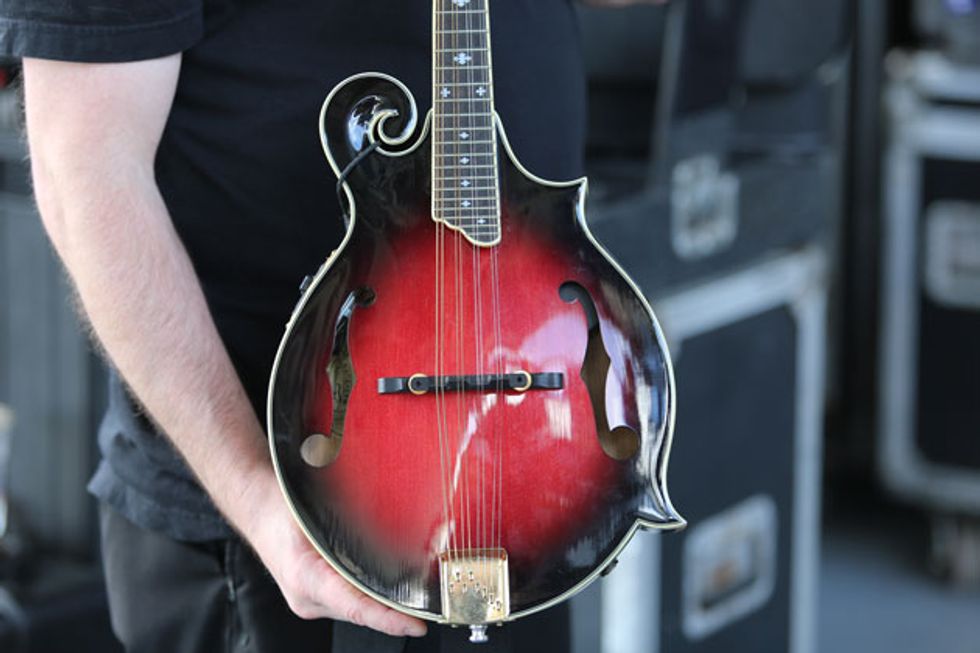
Depending on the tunes in the set, JB might play a National Tricone resonator, a banjo, or this Washburn M3SW F-style mandolin. The mando was the acoustic instrument he brought for these Nashville shows.
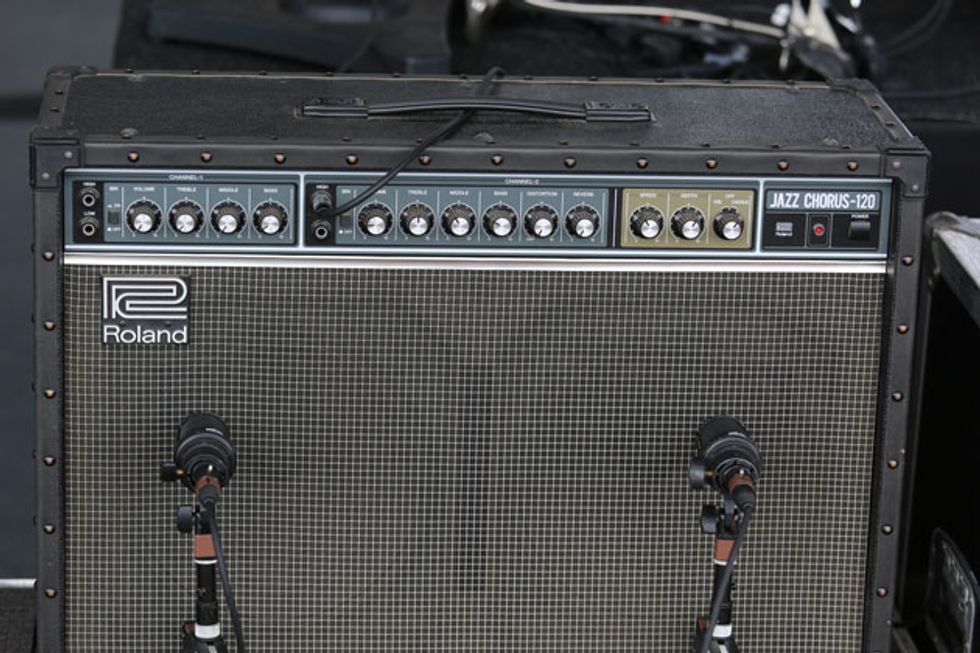
JB runs both his amps throughout the band’s two-set marathons. He’s had a Roland JC-120 since Widespread began and typically has the chorus engaged. But things get a little “wonky,” he says, when he steps on his Vox wah, so Joel Byron modded the wah with a switch that deactivates the amp’s chorus when it gets stomped on.
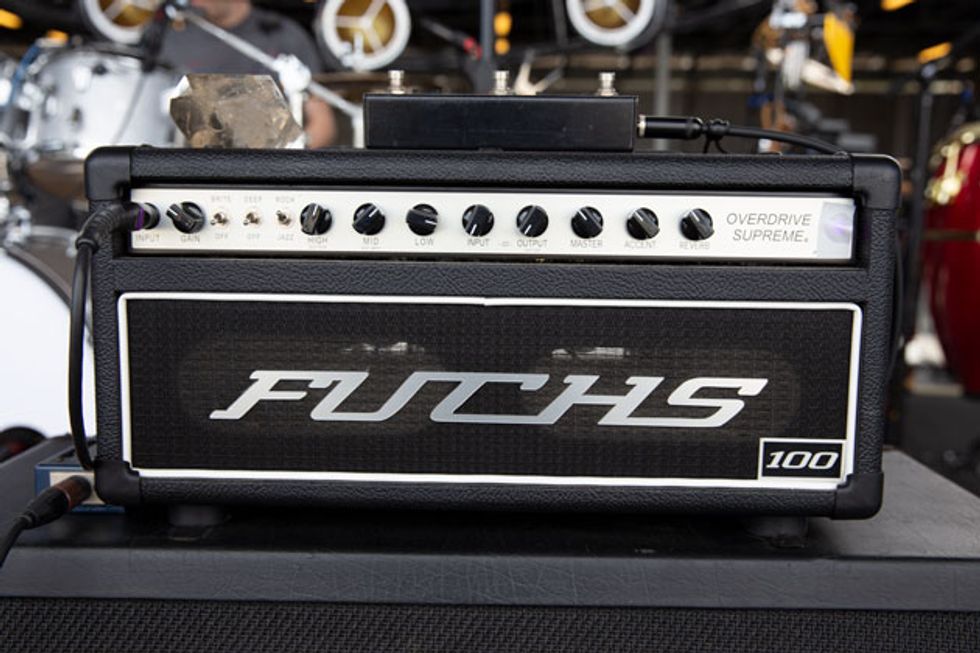
JB’s other amp, a 100-watt Fuchs Overdrive Supreme, has a radically different tone than the Roland. There’s a Radial Tonebone switcher on top, connecting both amps. We’re not sure what effect the crystal has on his tone, but it’s cool!
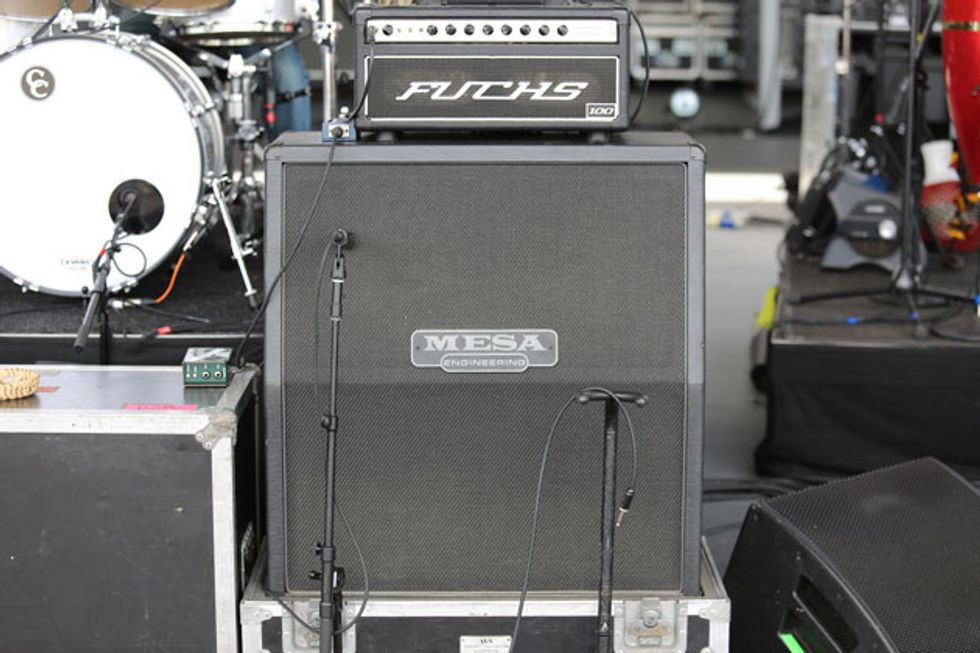
The cab beneath the Fuchs is a stock Mesa/Boogie 4x12 with a closed back.
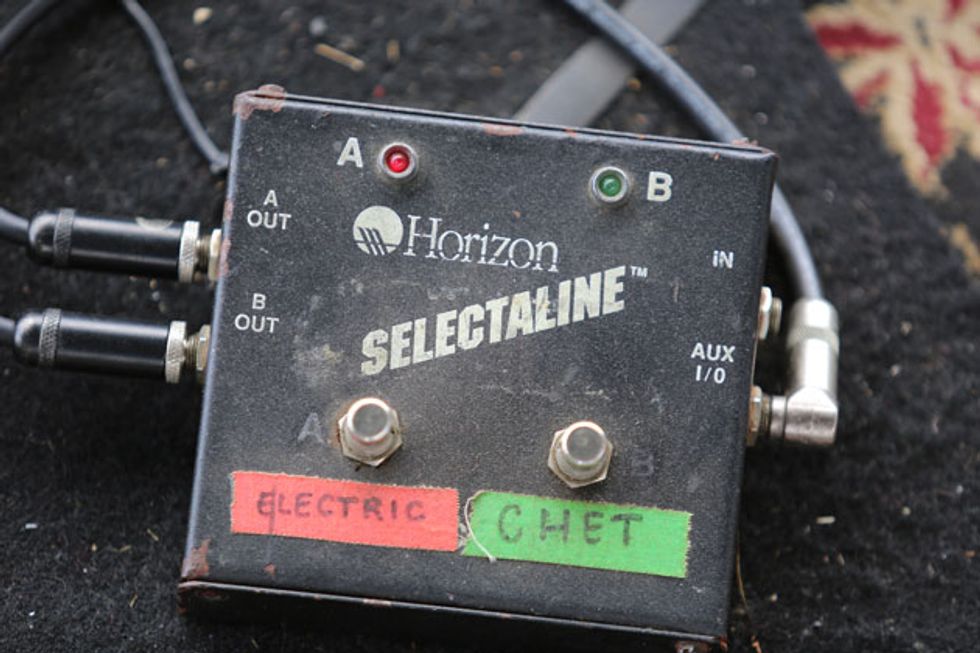
JB’s Horizon Selectaline switcher routes his guitar signal into his JC-120 and Fuchs amps, and dates back to a time when one of his guitars was a Gibson Chet Atkins model.
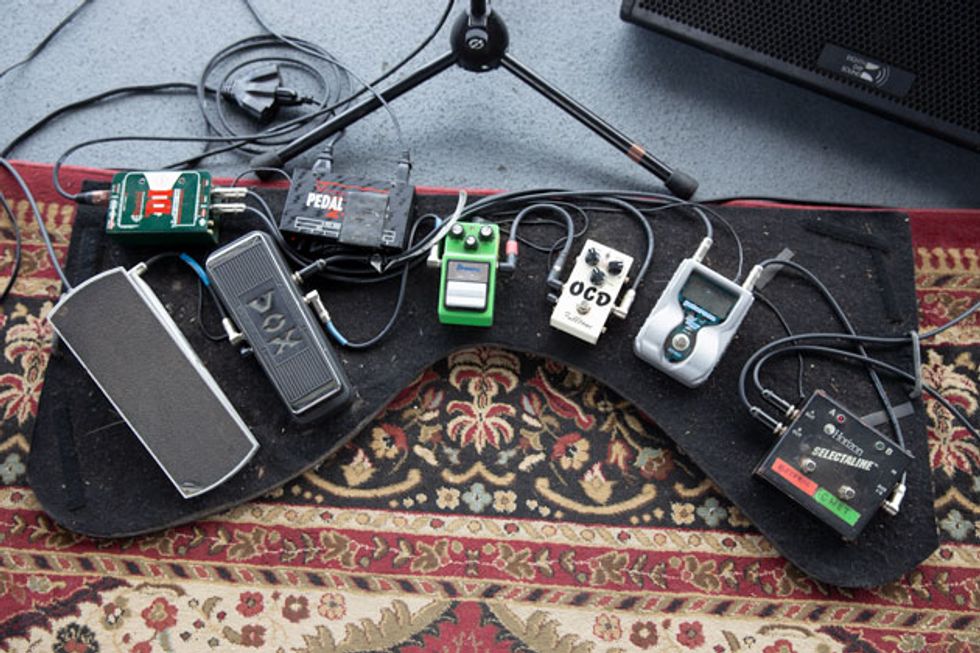
JB’s essential tone-shaping pedal is this Ibanez Tube Screamer, which he leaves on all the time. It’s joined on the floor by a Peterson Strobo Stomp 2 tuner, a Fulltone OCD overdrive for solos, an Ernie Ball volume pedal, his modded Vox wah, and a Voodoo Lab Pedal Power 2. He also uses a passive Radial DI when he decides to play National Tricone resonator, banjo, or his Washburn M3SW F-style mandolin.
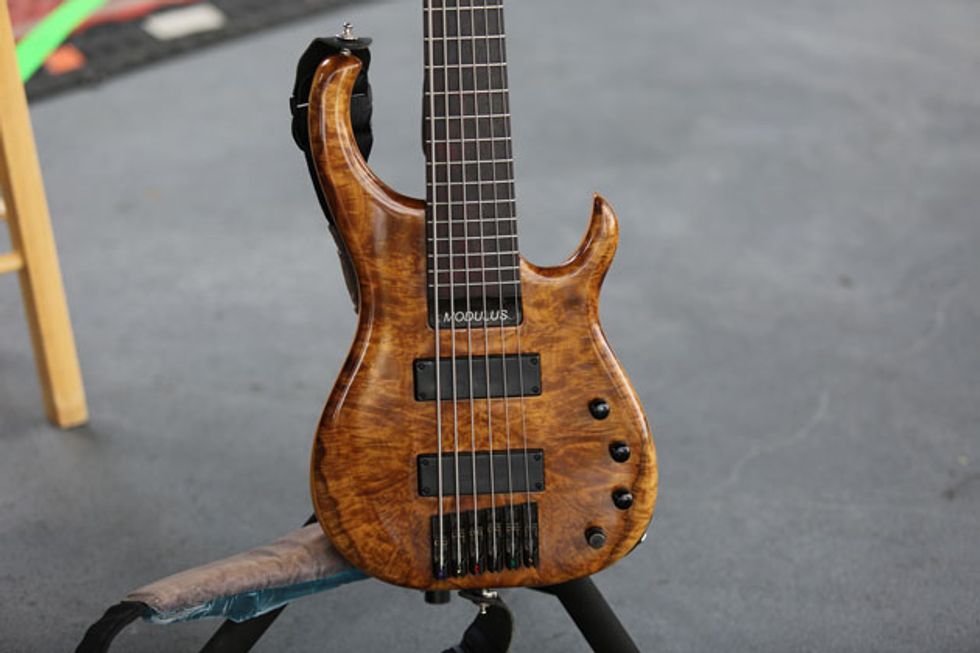
Dave Schools’ No. 1 is a custom 6-string Modulus Graphite bass he calls “Merle.” It has Bartolini pickups, an active preamp, and active EQ controls. There are two stickers laminated onto the back, for inspiration. One is Grateful Dead-themed. The other is derived from Indian classical painting.
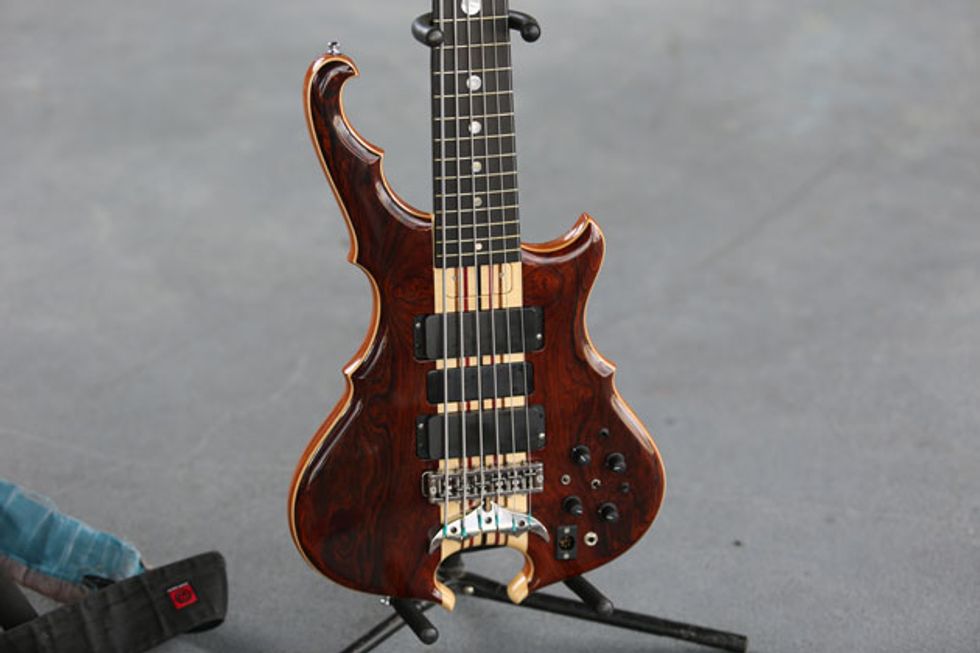
His other 6-string bass is a gorgeous Alembic Custom Series II in a dark mahogany with a cocobolo top and a walnut, ebony, purpleheart, and maple neck. It’s a Bird of Prey body shape, with Alembic’s proprietary pickups and an active preamp and EQ. Both of his basses sport multi-pin connector ins, but those go unused.
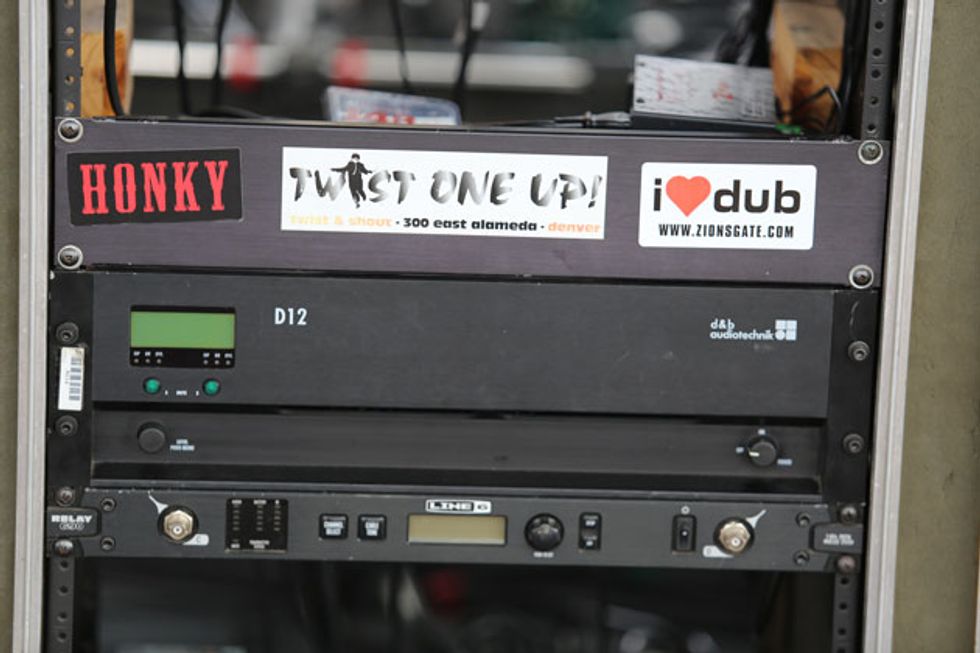
Clean power is the aim of Schools’ current system, which is driven by a d&b power amp. Agostino explains that the bass rig mirrors the band’s overall PA system, and that Schools was inspired to put it together by Phil Lesh’s rig. It’s bi-amped, with the highs running through two d&b Y10 speakers and two of the company’s 1x15 cabs for low end. Those rest atop a pair of 18s, controlled by the monitor engineer, who feeds them some kick drum, too, letting them double as monitor and bass output. A currently unused Line 6 Relay wireless receiver rests below the d&b amp.
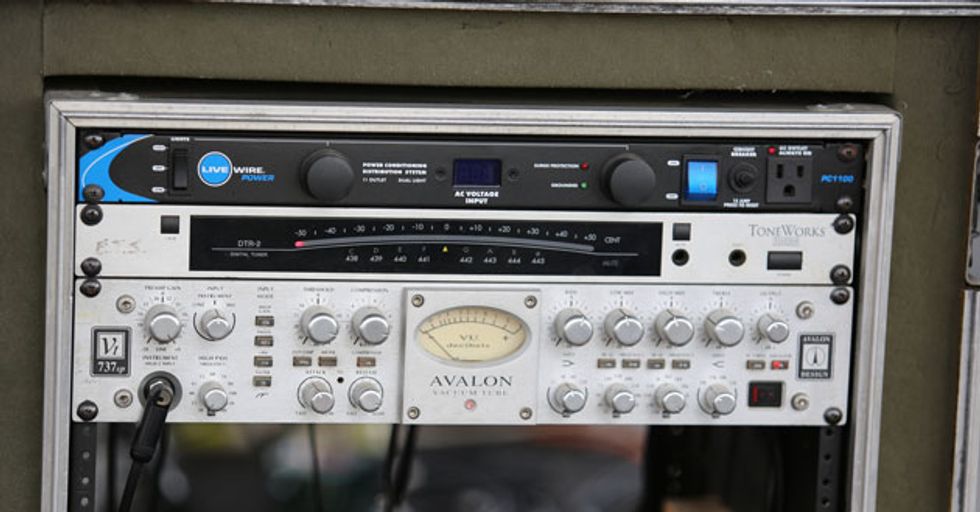
Schools’ core tone shaping is done by an Avalon Design Vacuum Tube VT 737sp preamp, which rests in his rack alongside a Live Wire power conditioner and a Korg ToneWorks tuner.
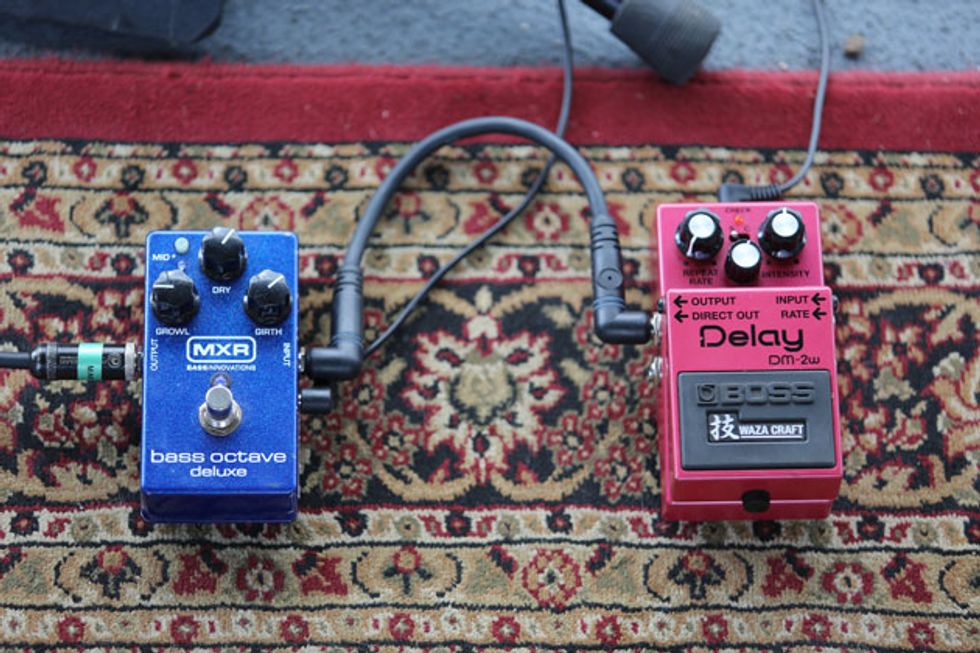
According to bass tech Paul Agostino, Dave Schools changes his buffet of effects on a nightly basis, but his two constants are this MXR Bass Octave Deluxe, for subtones, and the new Waza Craft version of the classic Boss DM-2 Delay.
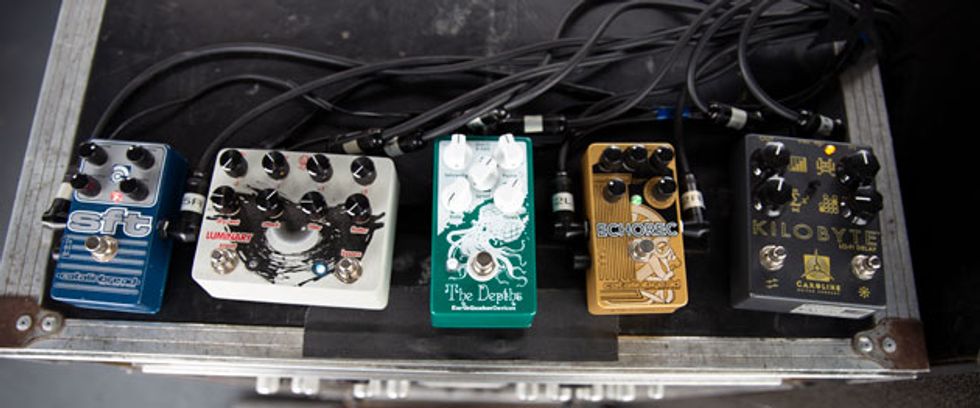
The rest of School’s pedal feast at Nashville’s Ascend: a Catlinbread SFT Ampeg-voiced overdrive, a Walrus Audio Luminary Quad Octave Generator, EarthQuaker Devices’ The Depths optical vibe, a Catlinbread Echorec, a Caroline Guitar Company Kilobyte Lo-Fi Delay, and, on the floor, a Carl Martin Octa-Switch. He’s also fond of envelope filters, but not for this gig. And Schools uses an Ernie Ball volume pedal to mute before tuning, and a Voodoo Lab Pedal Power 2 to run his rotating roster of stomps.
Click to subscribe to our weekly Rig Rundown podcast:



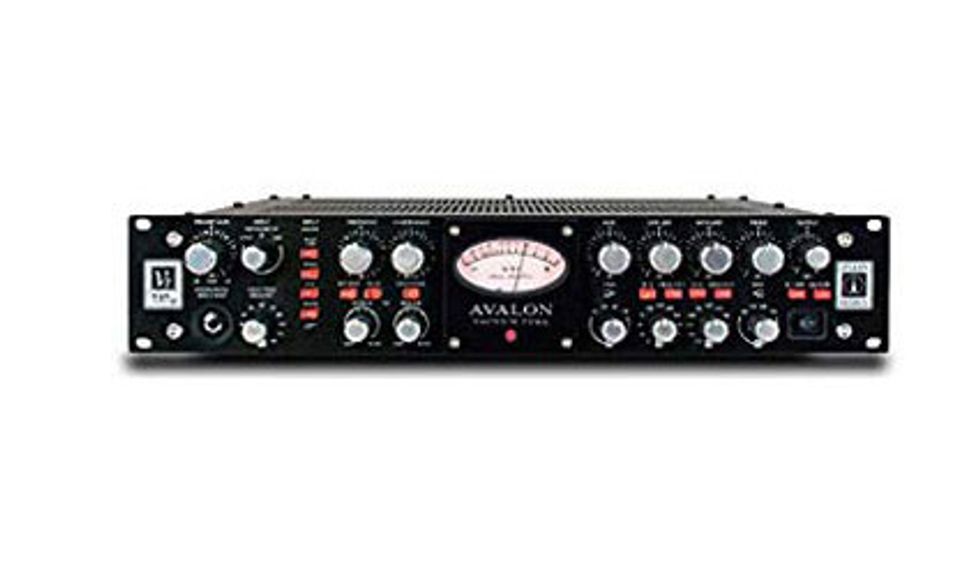
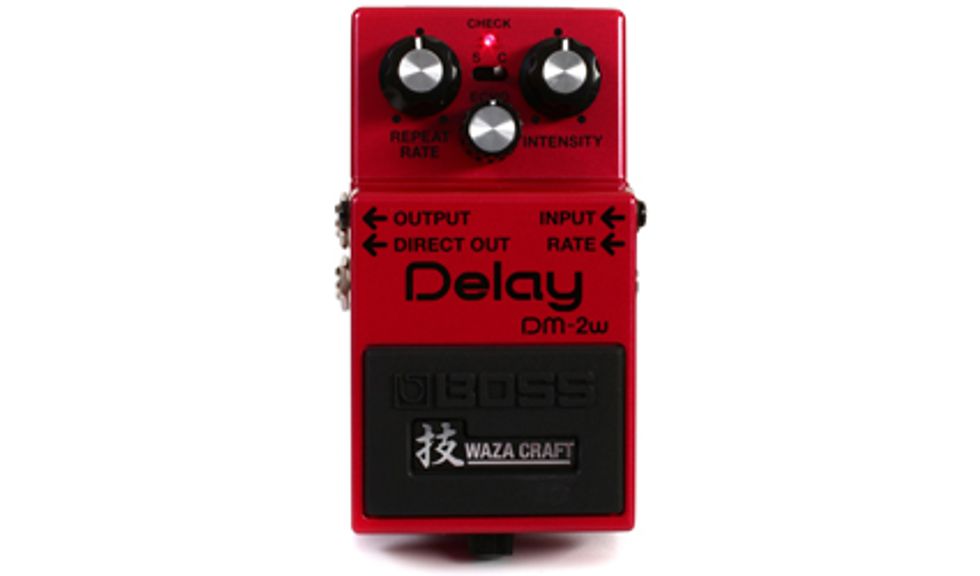
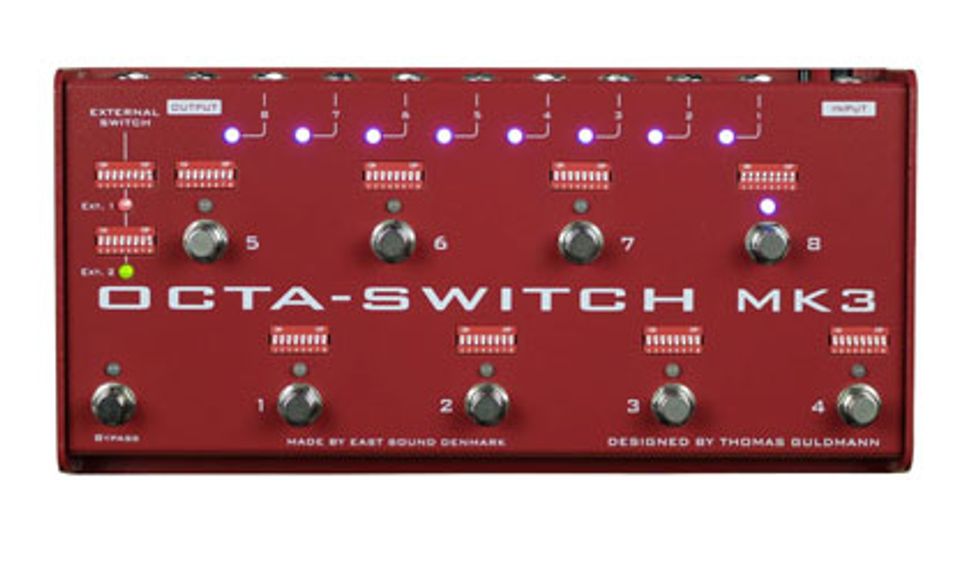

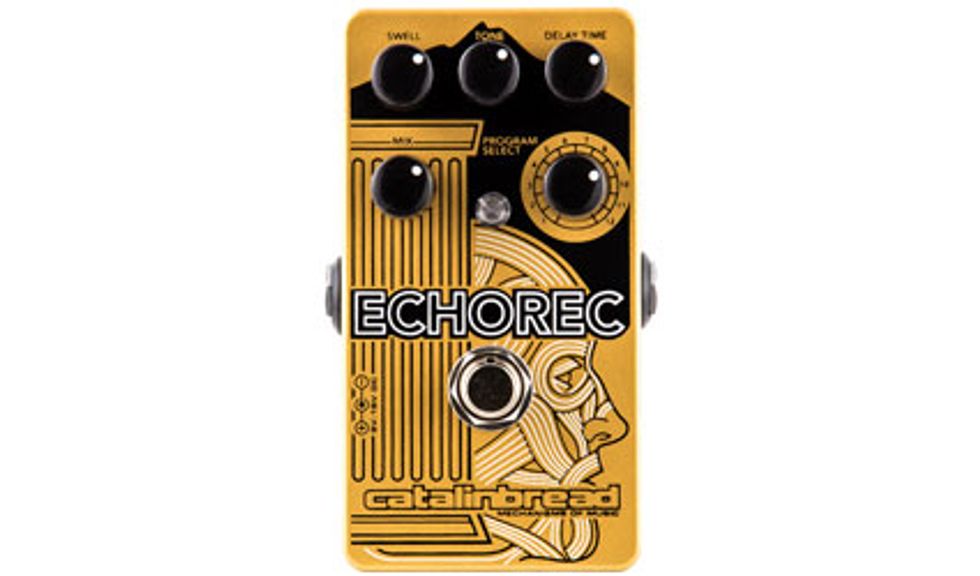
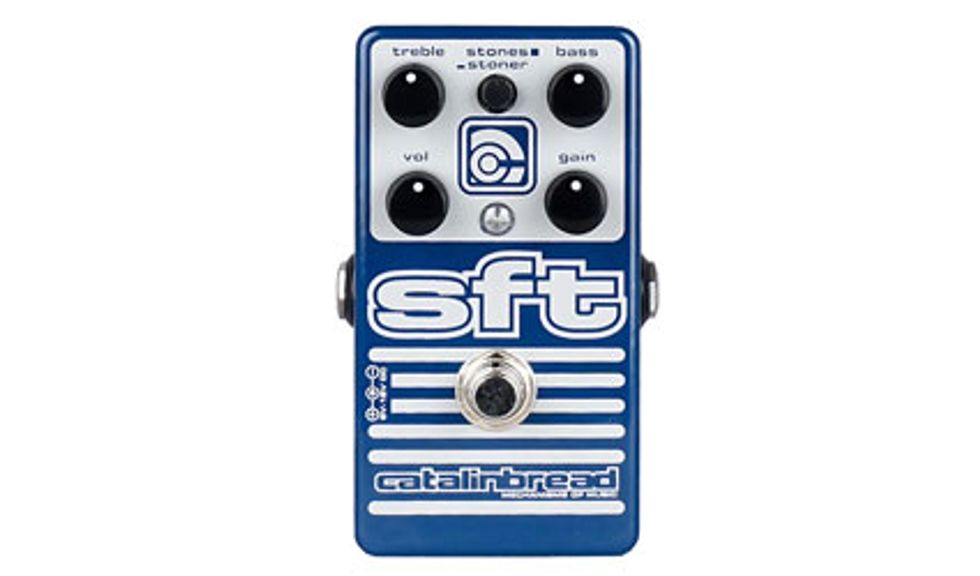
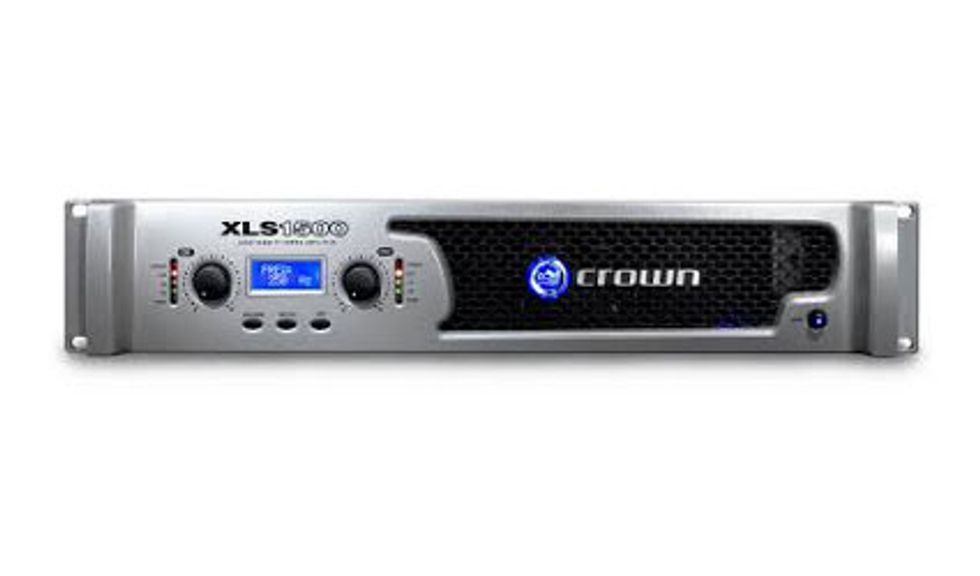
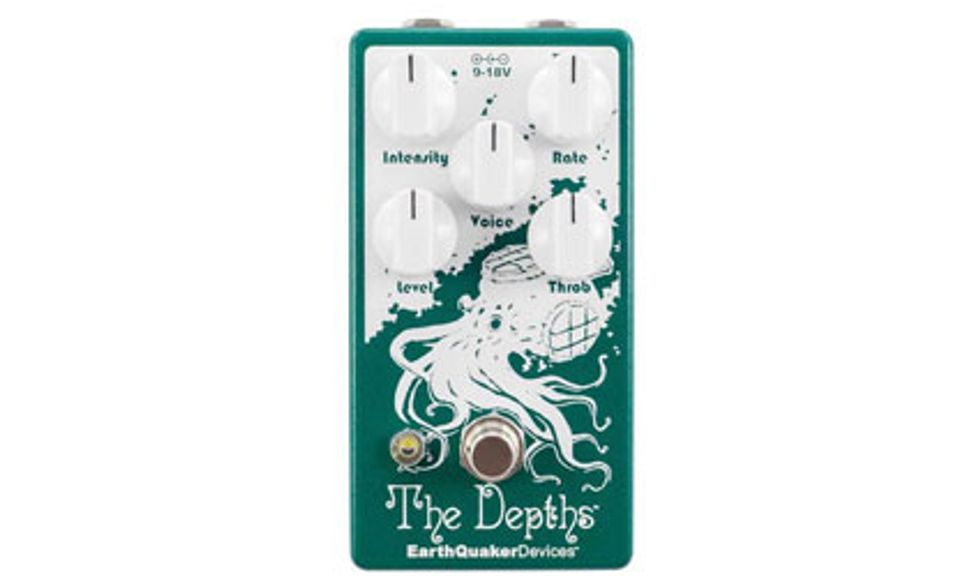
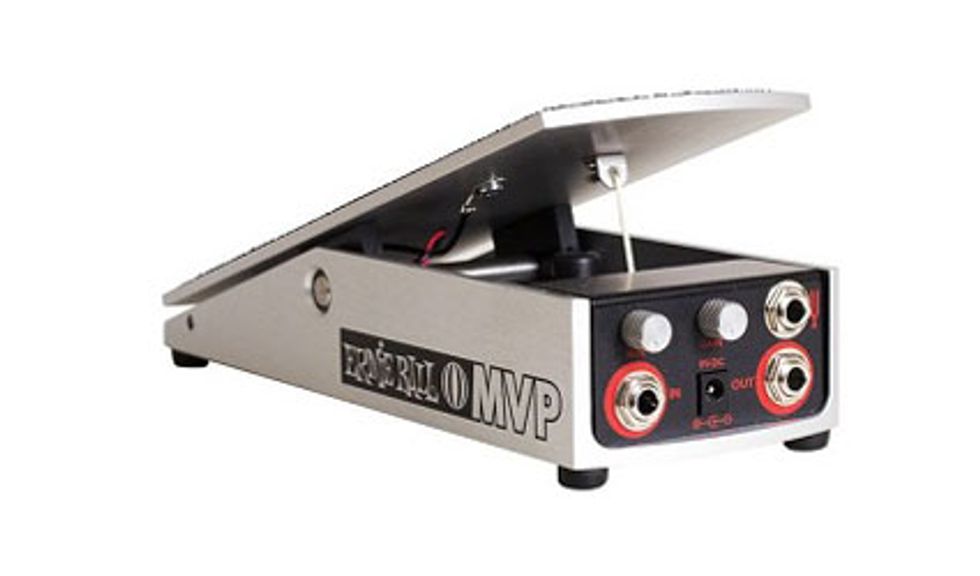
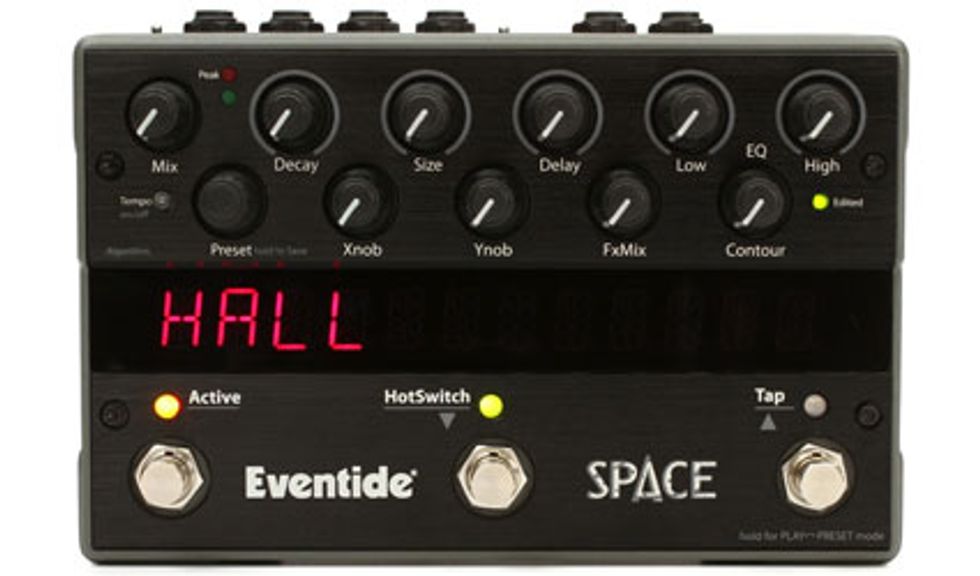
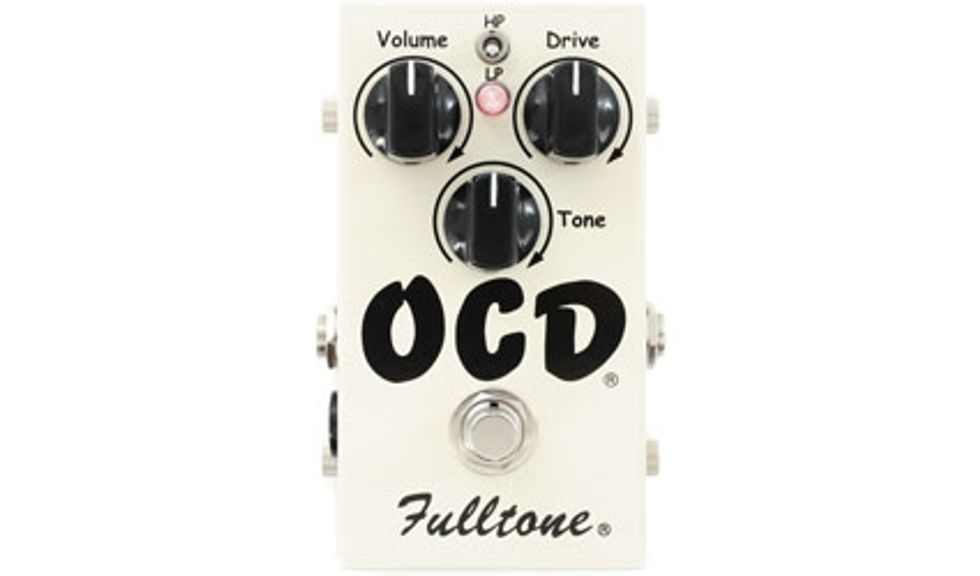
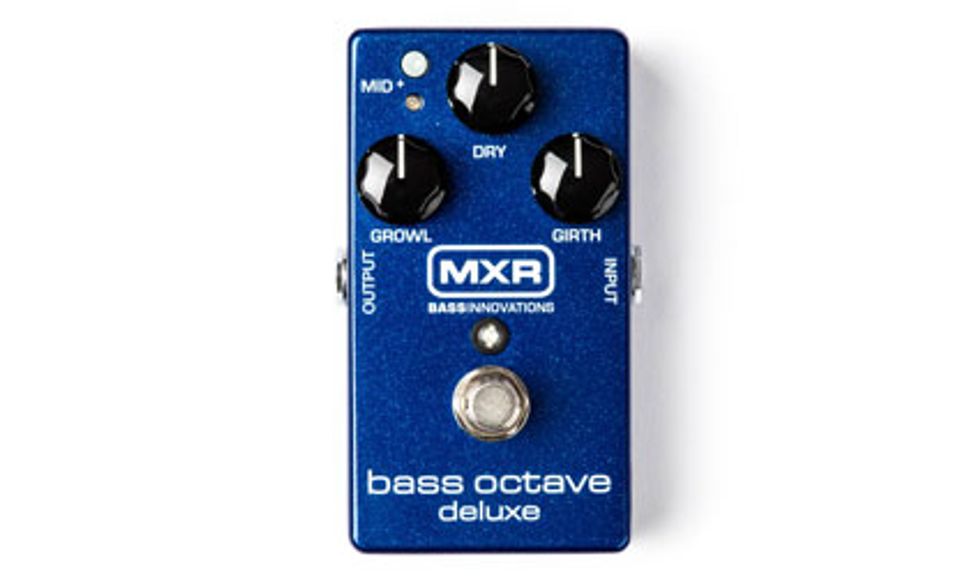
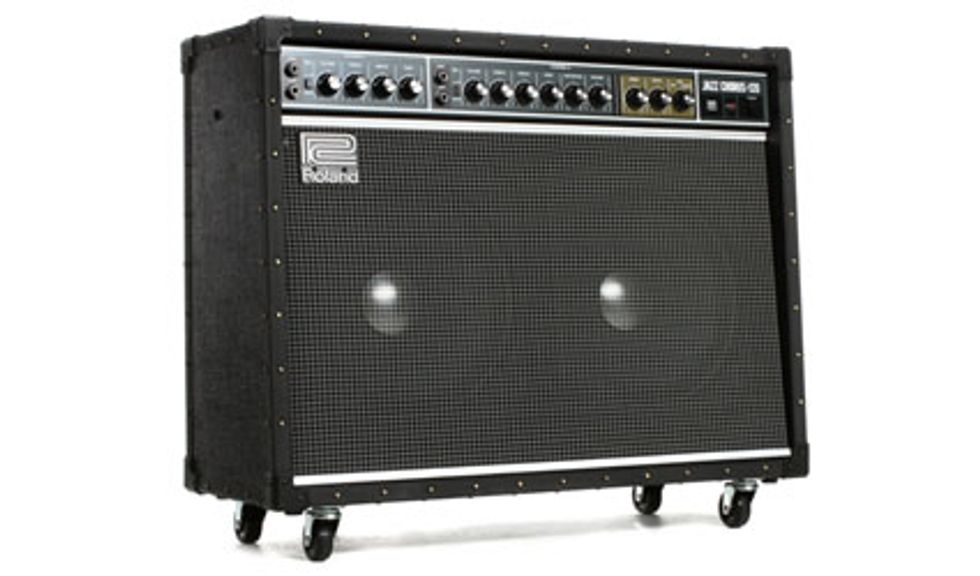
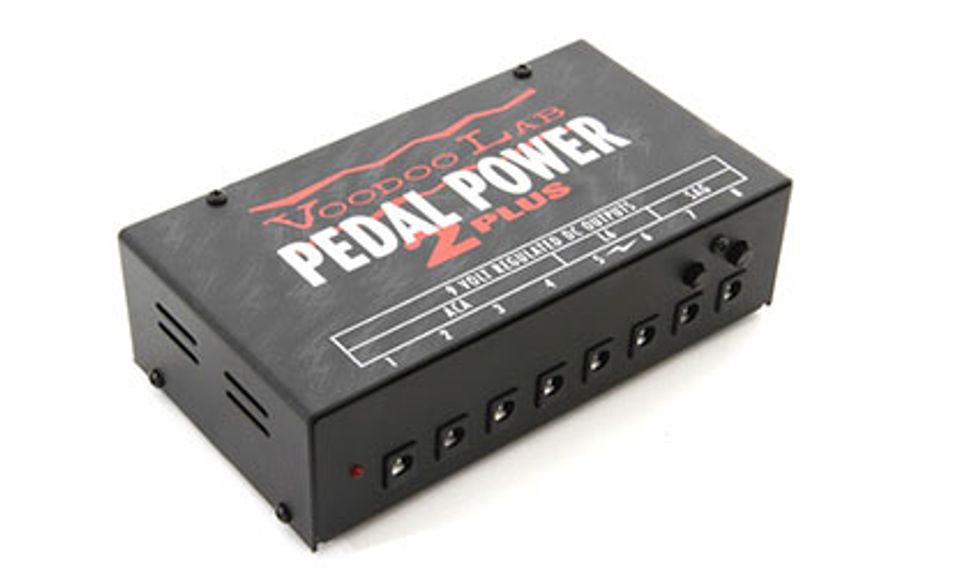
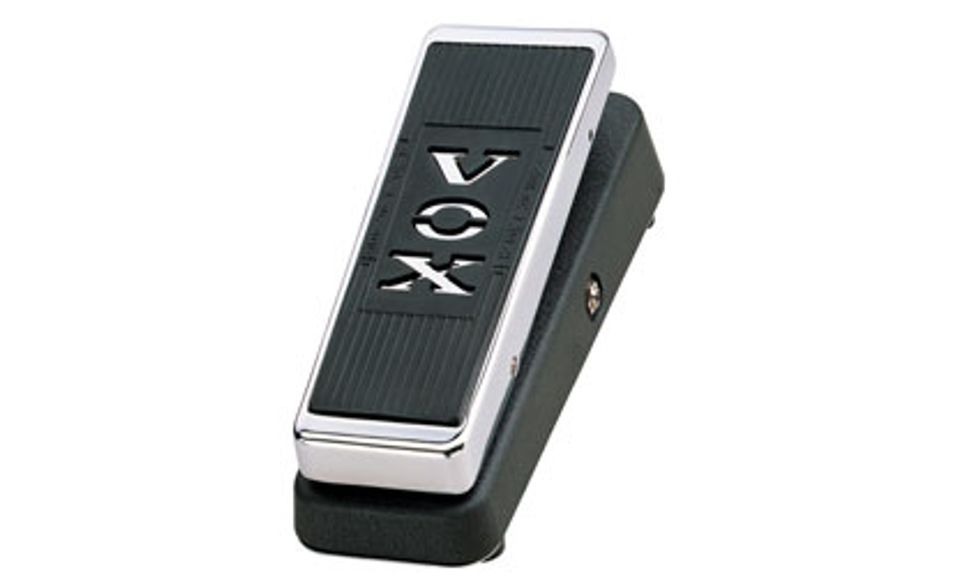
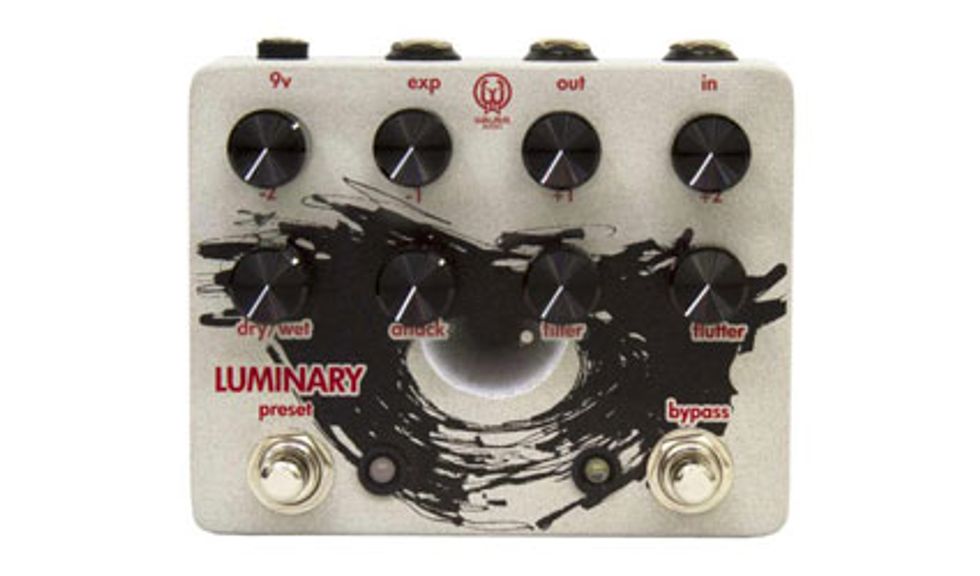
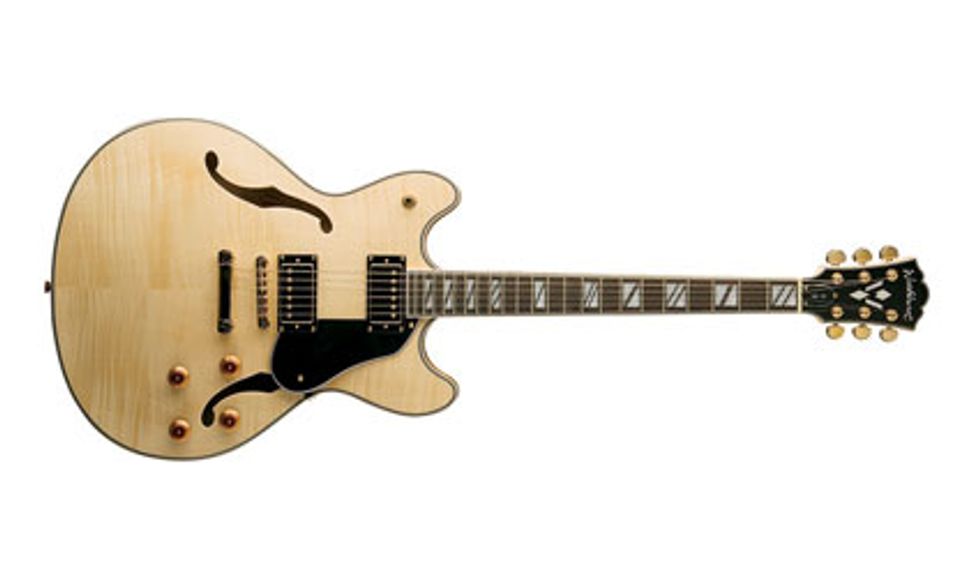





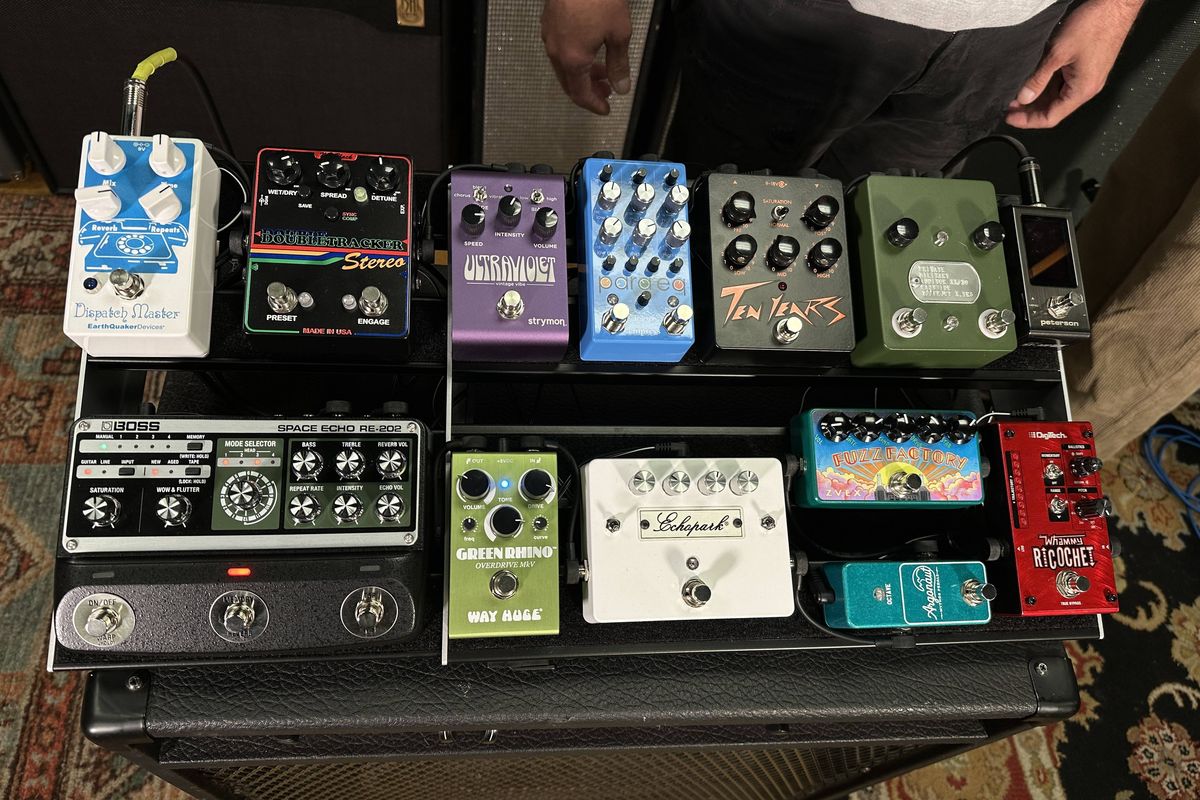
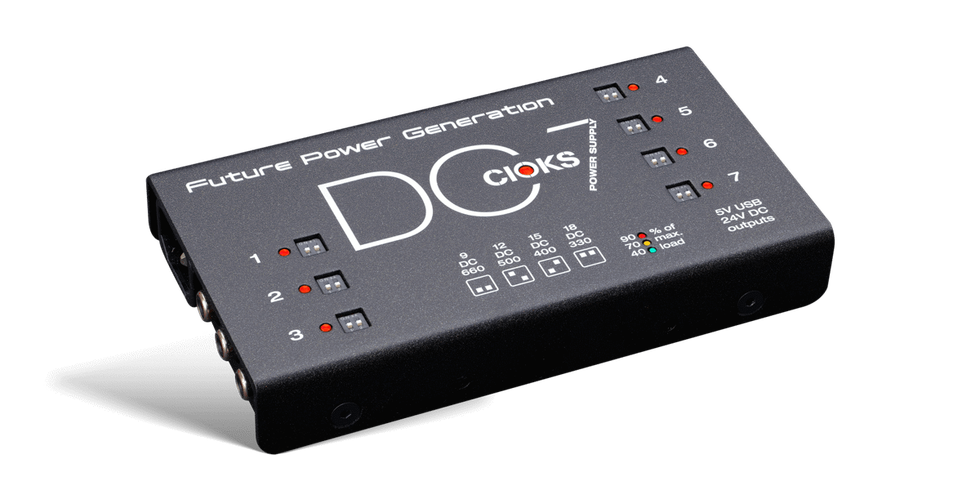
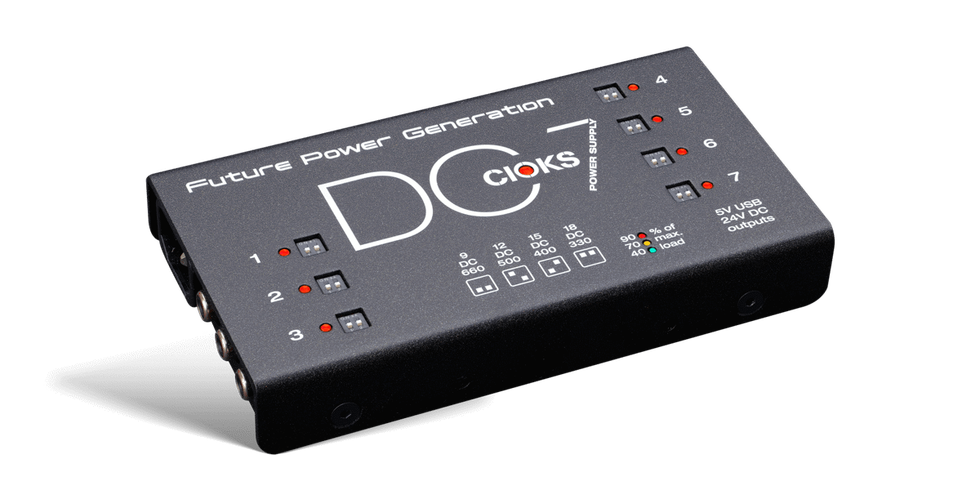
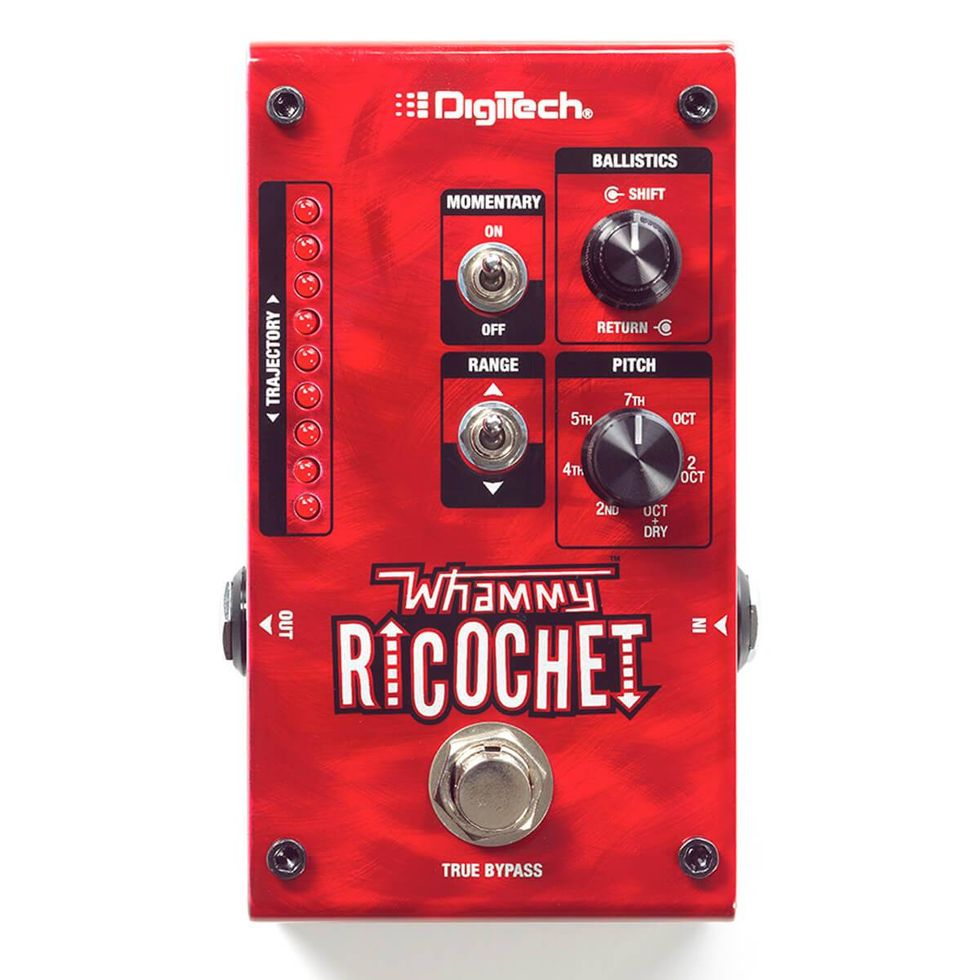
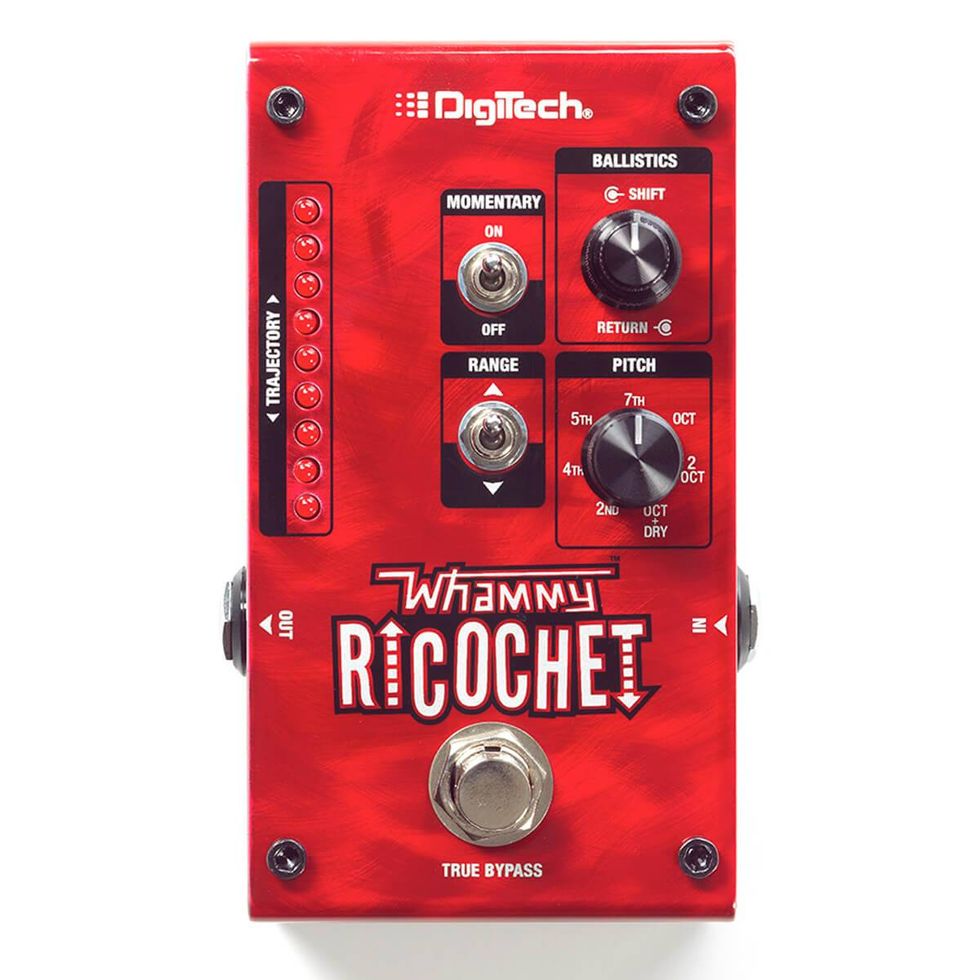

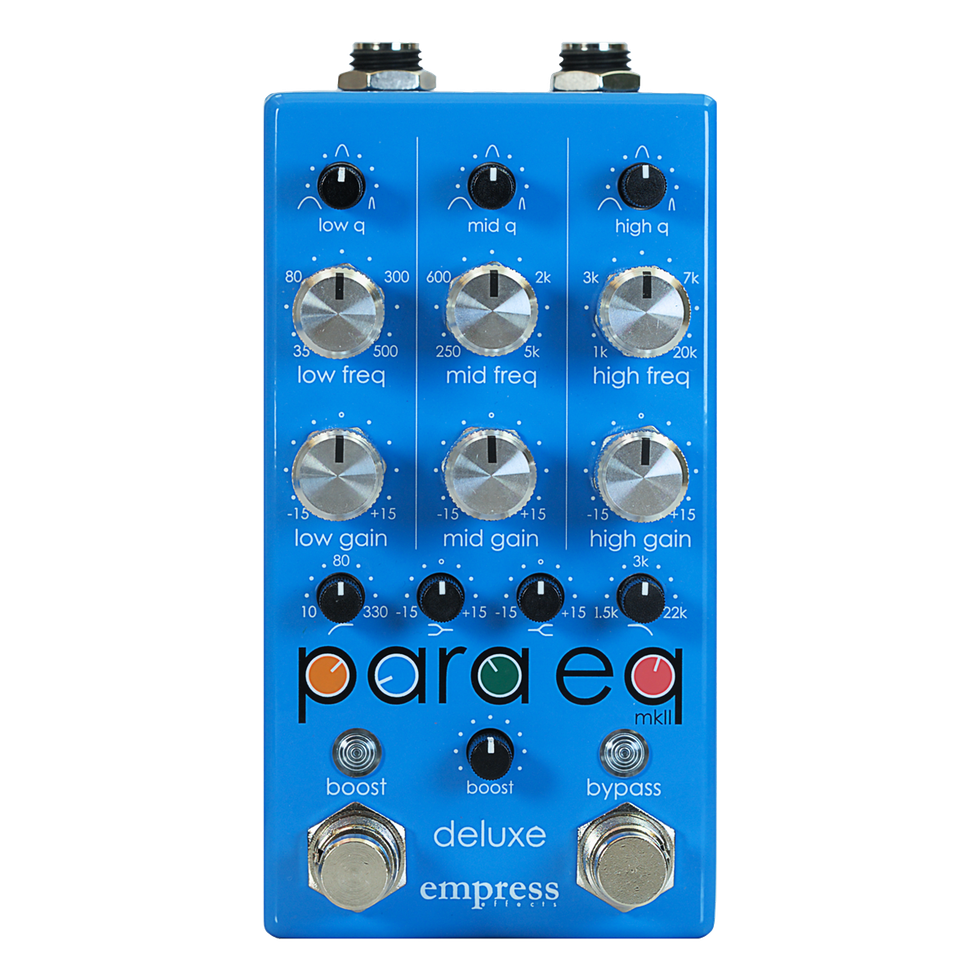
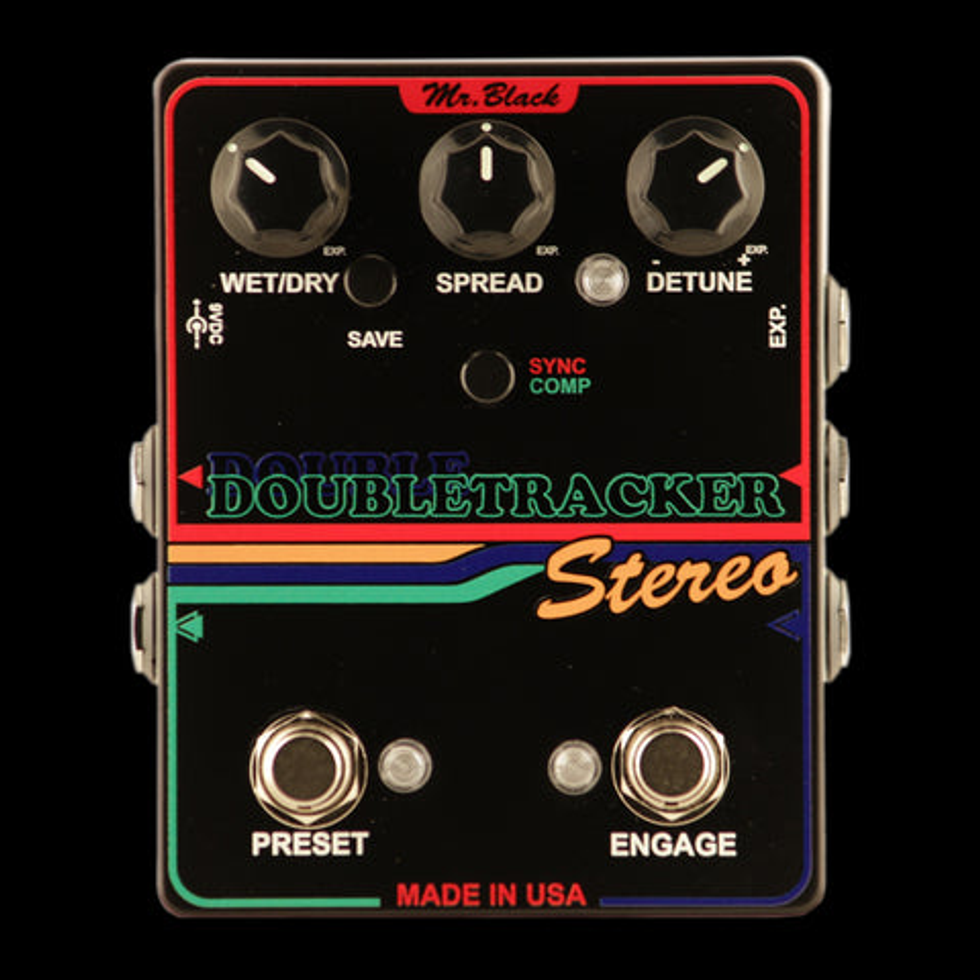
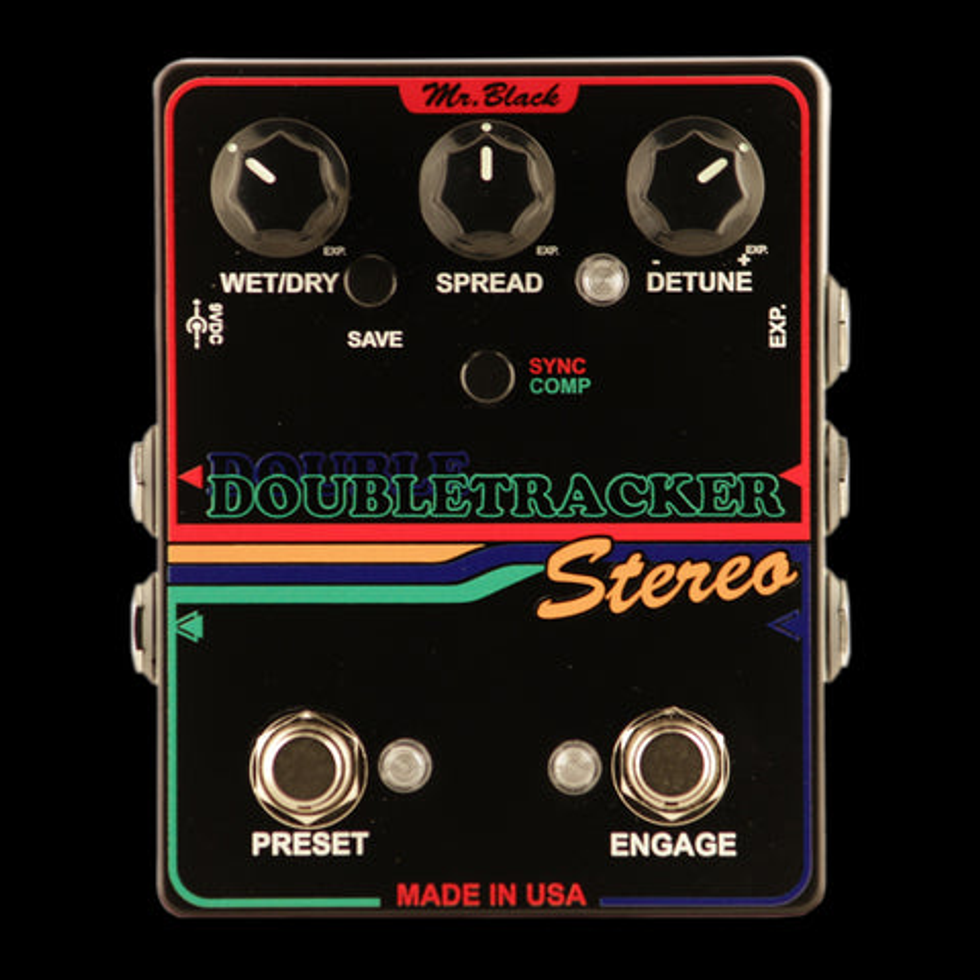
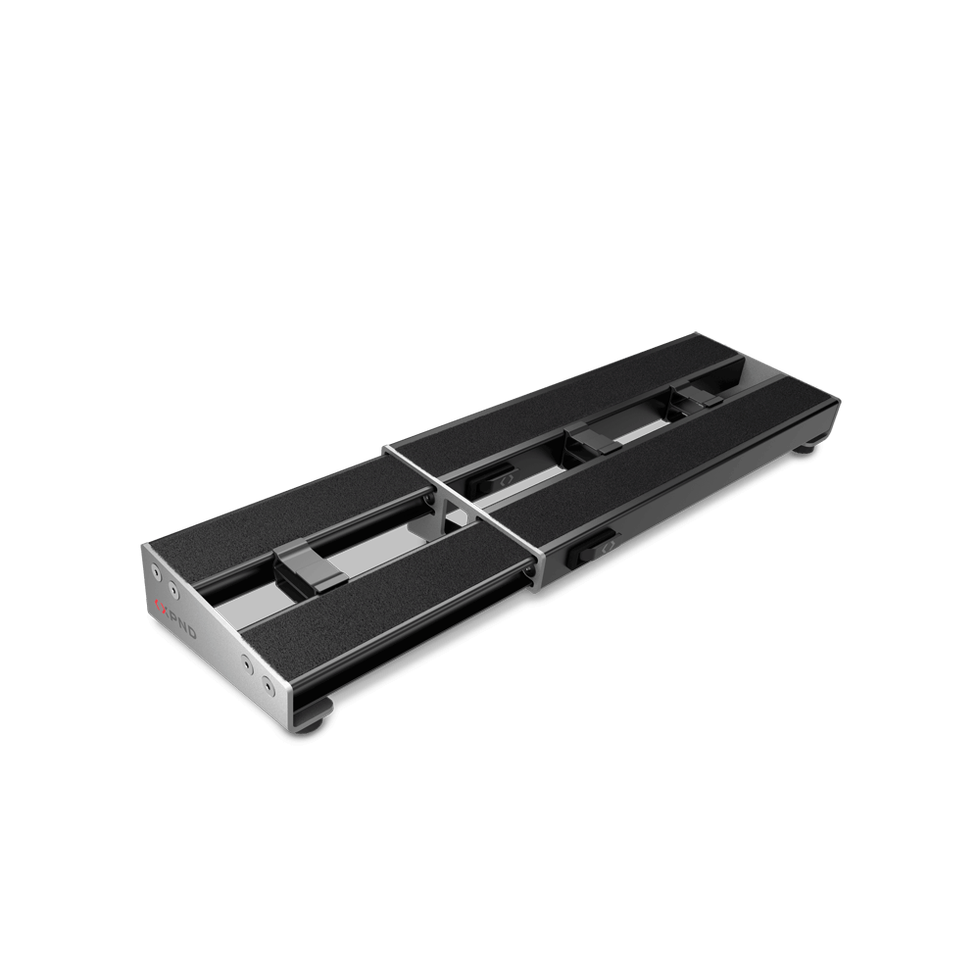

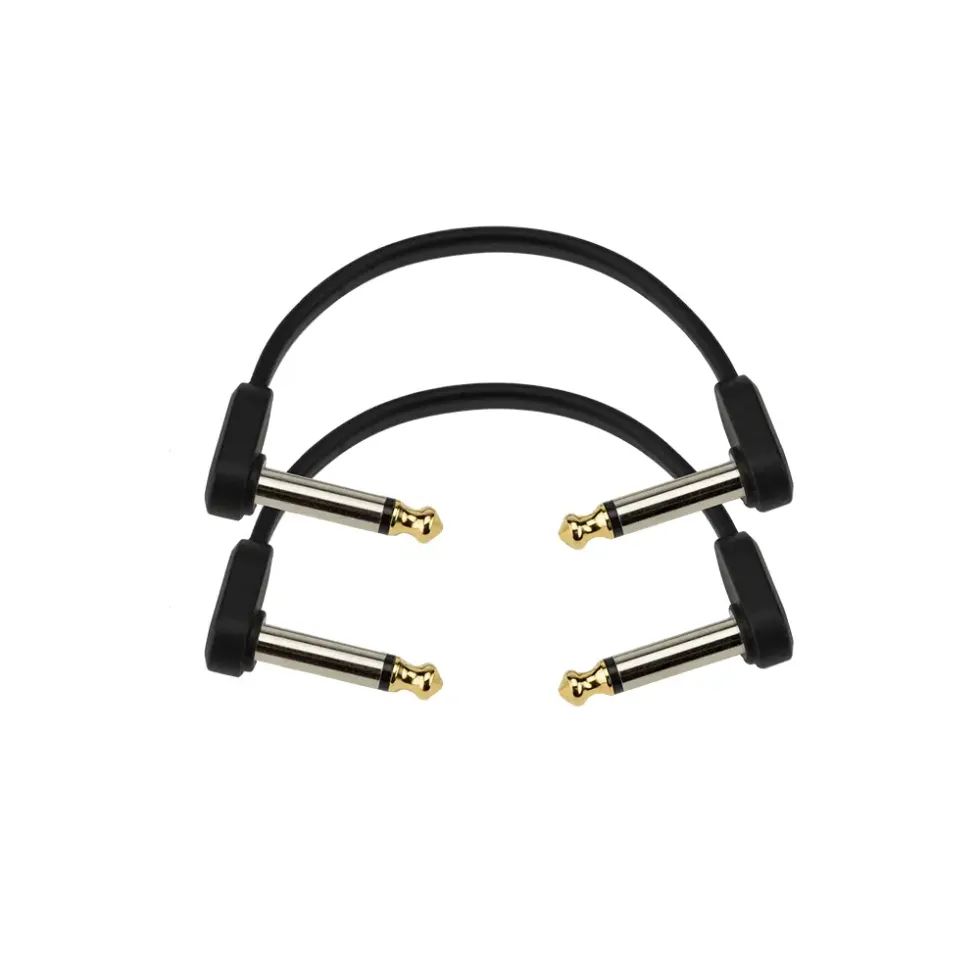
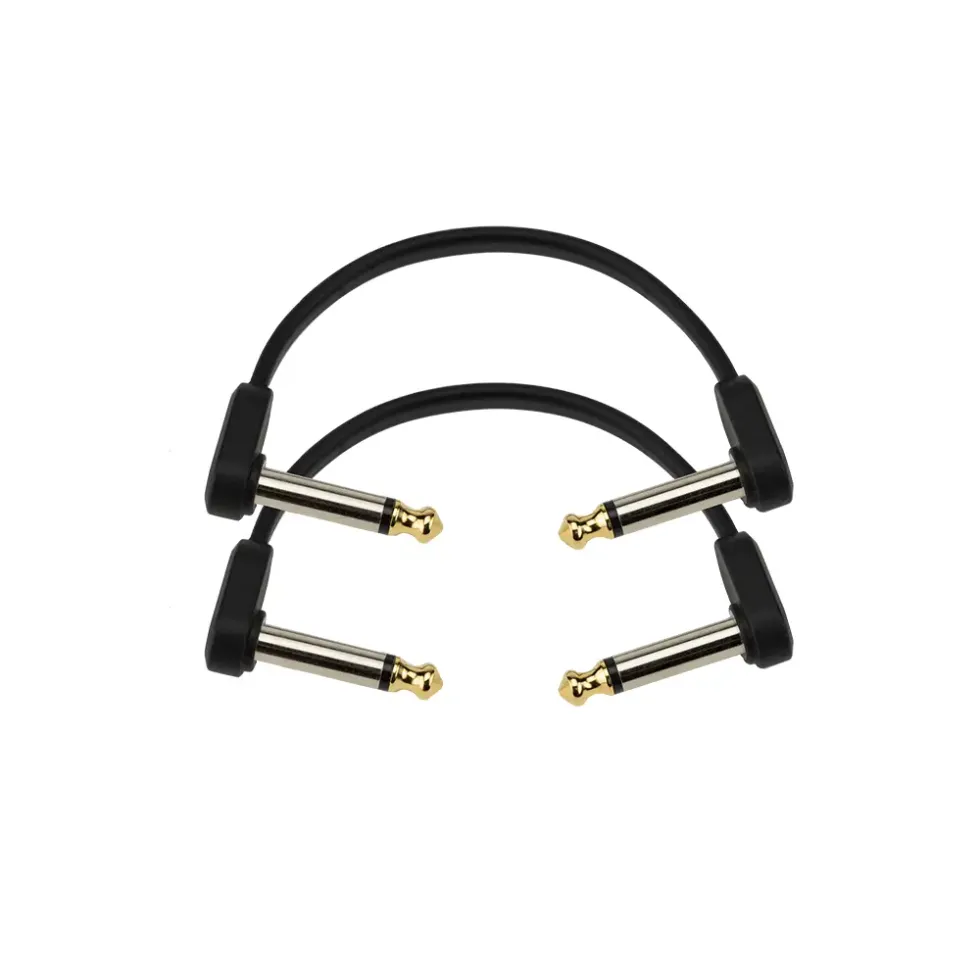


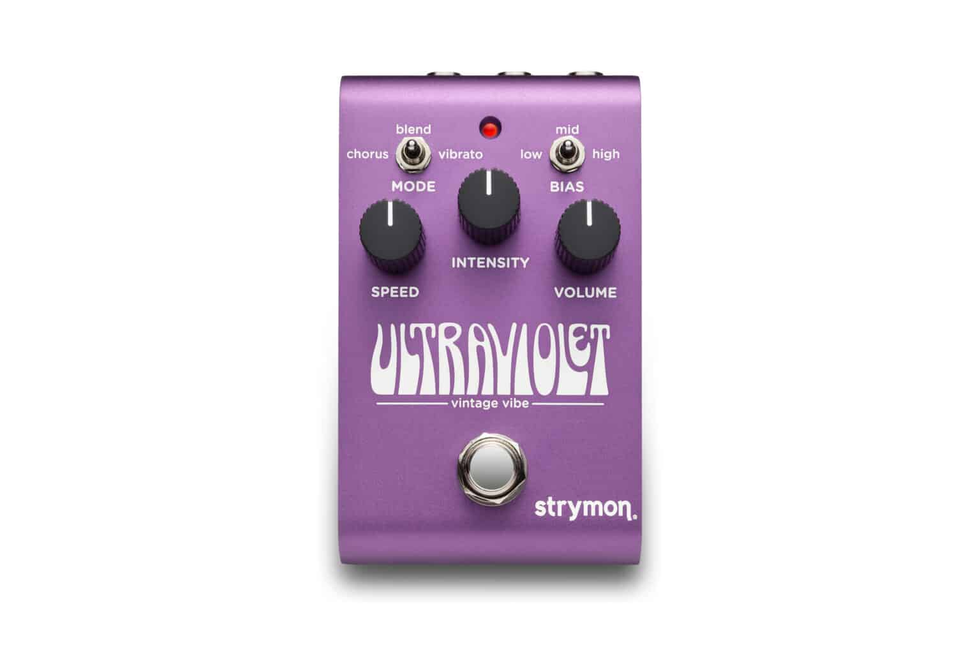
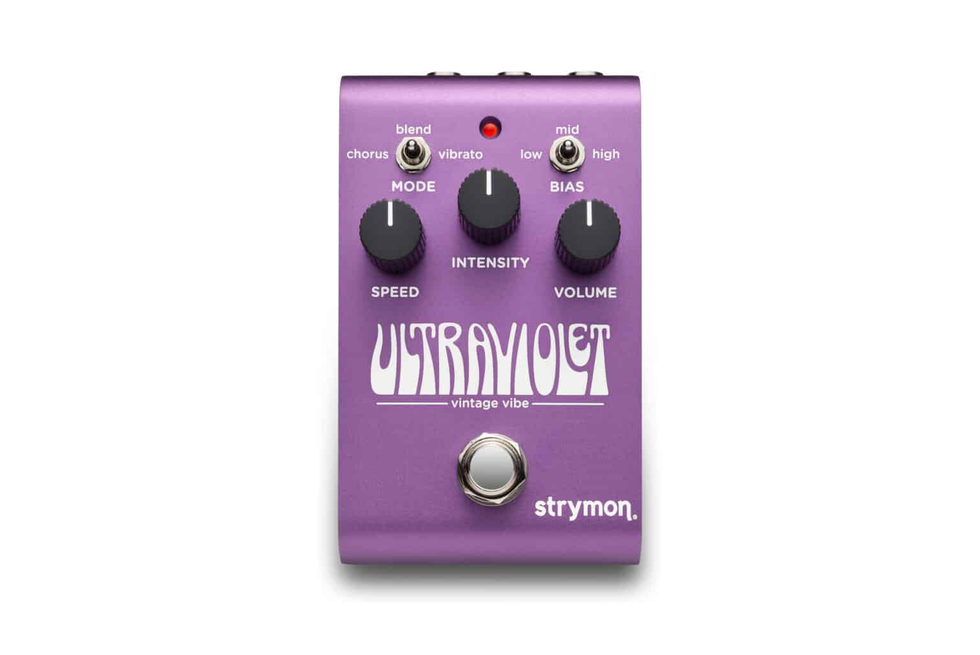
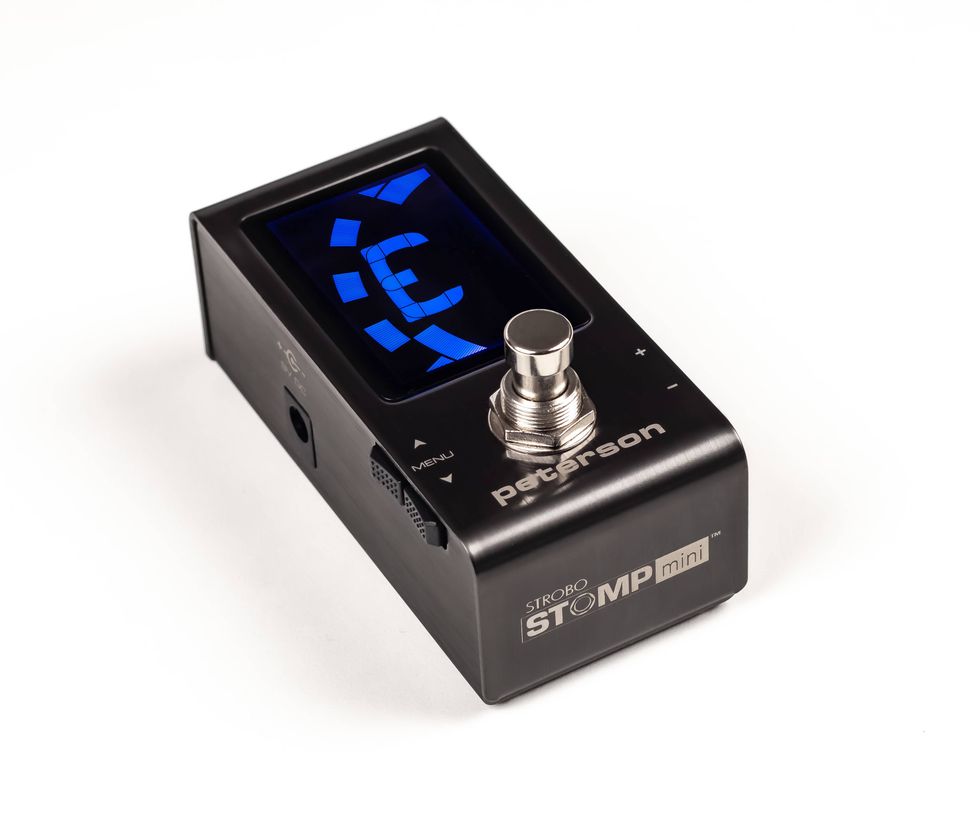
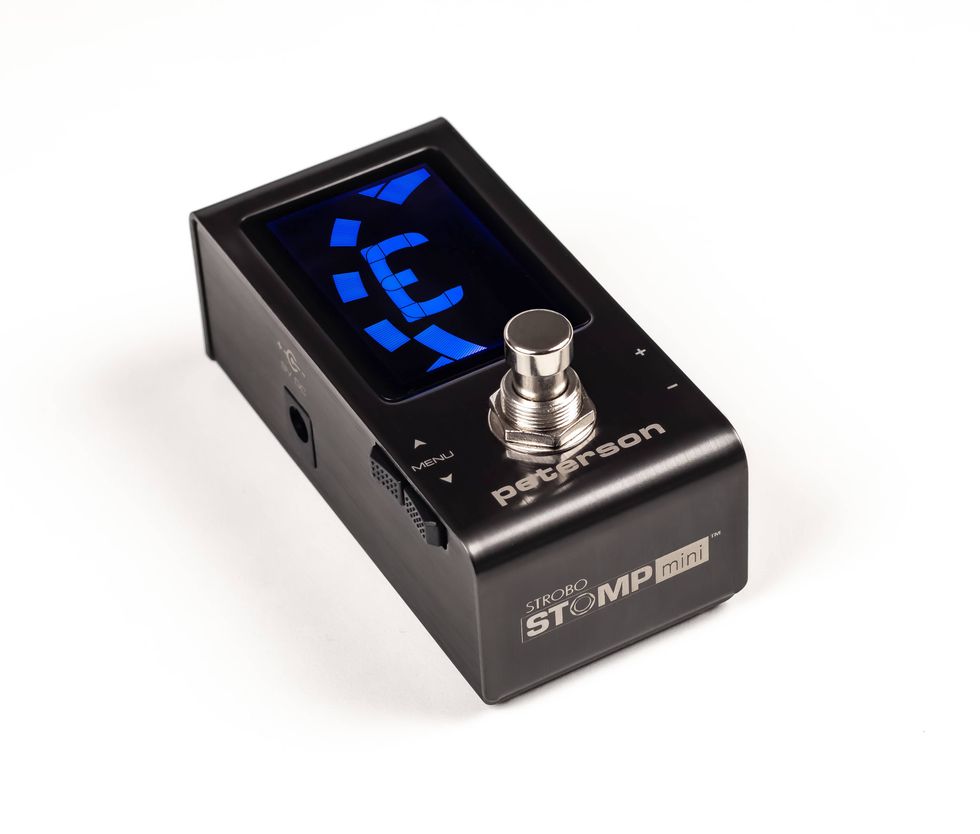

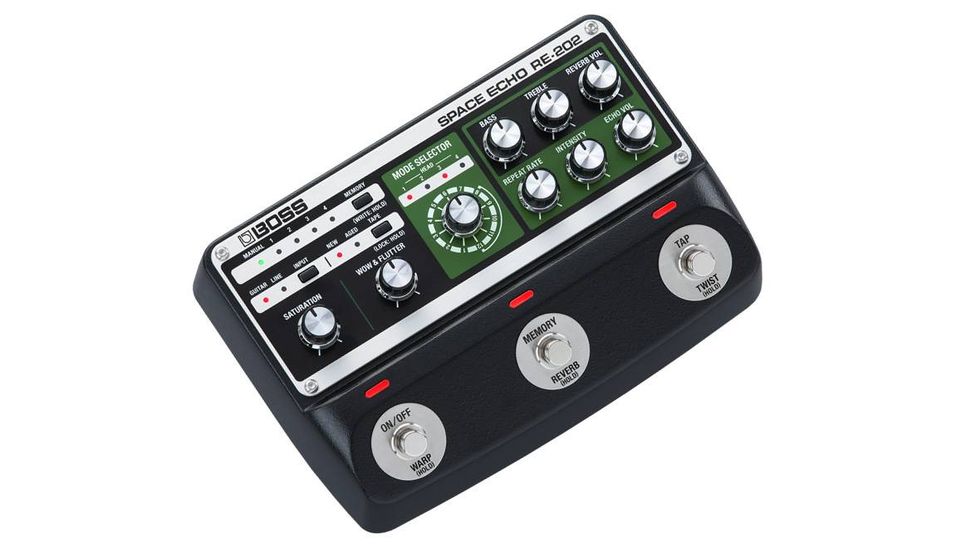
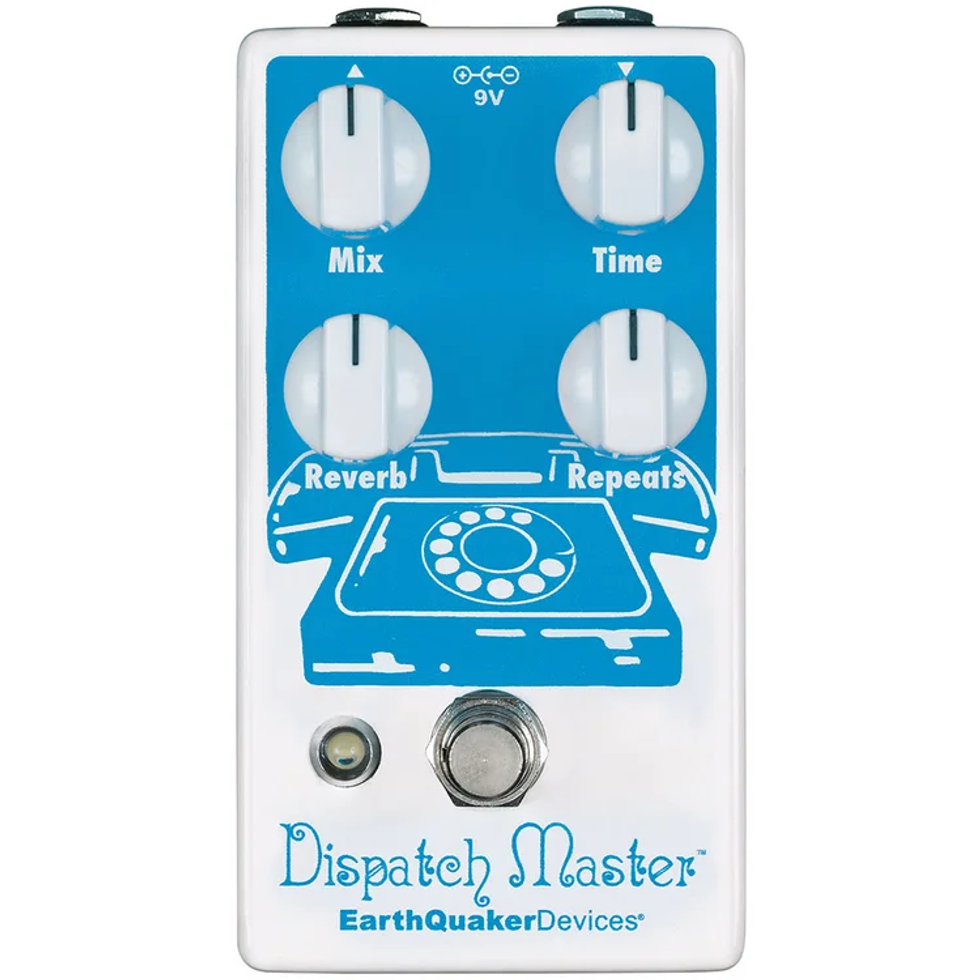
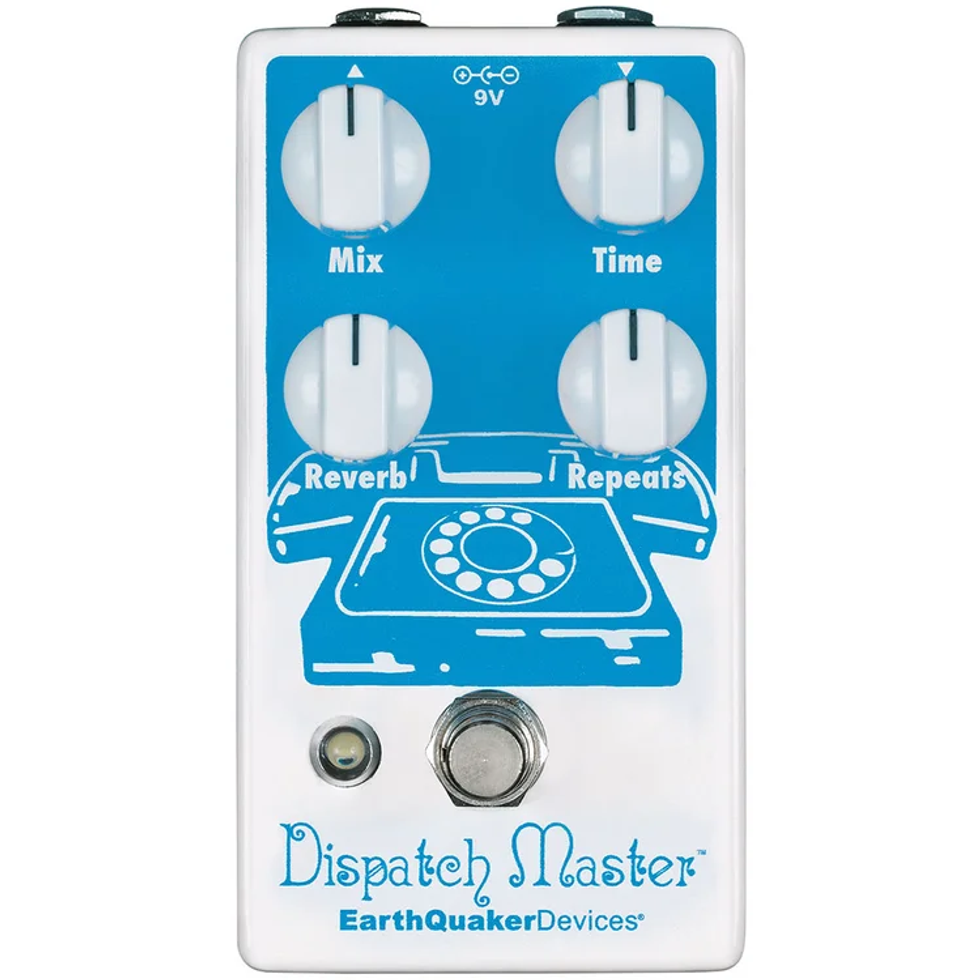
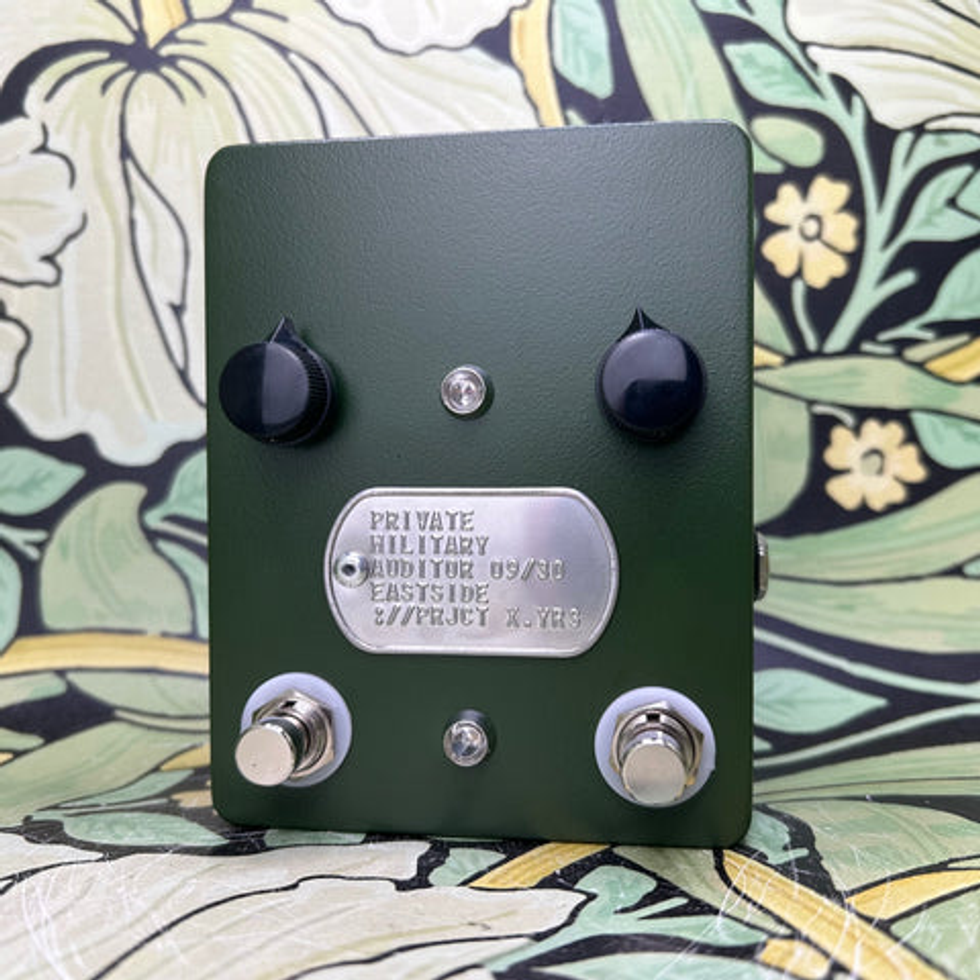
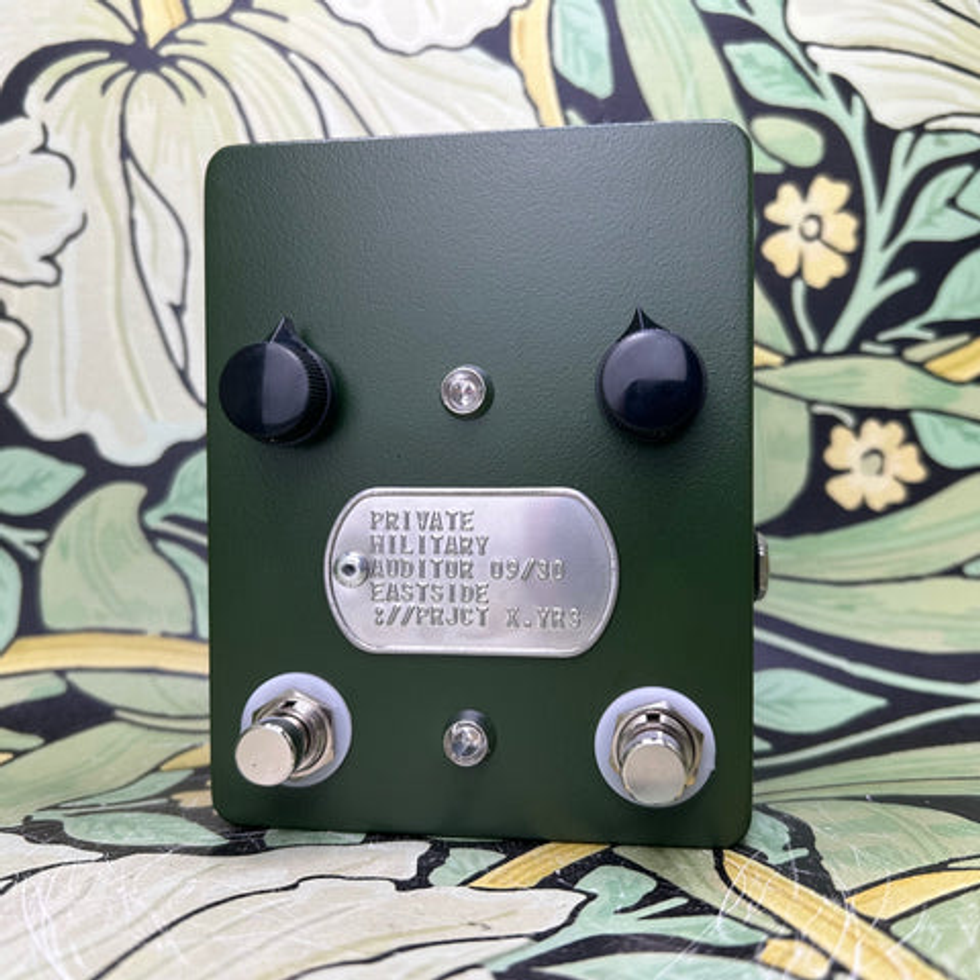
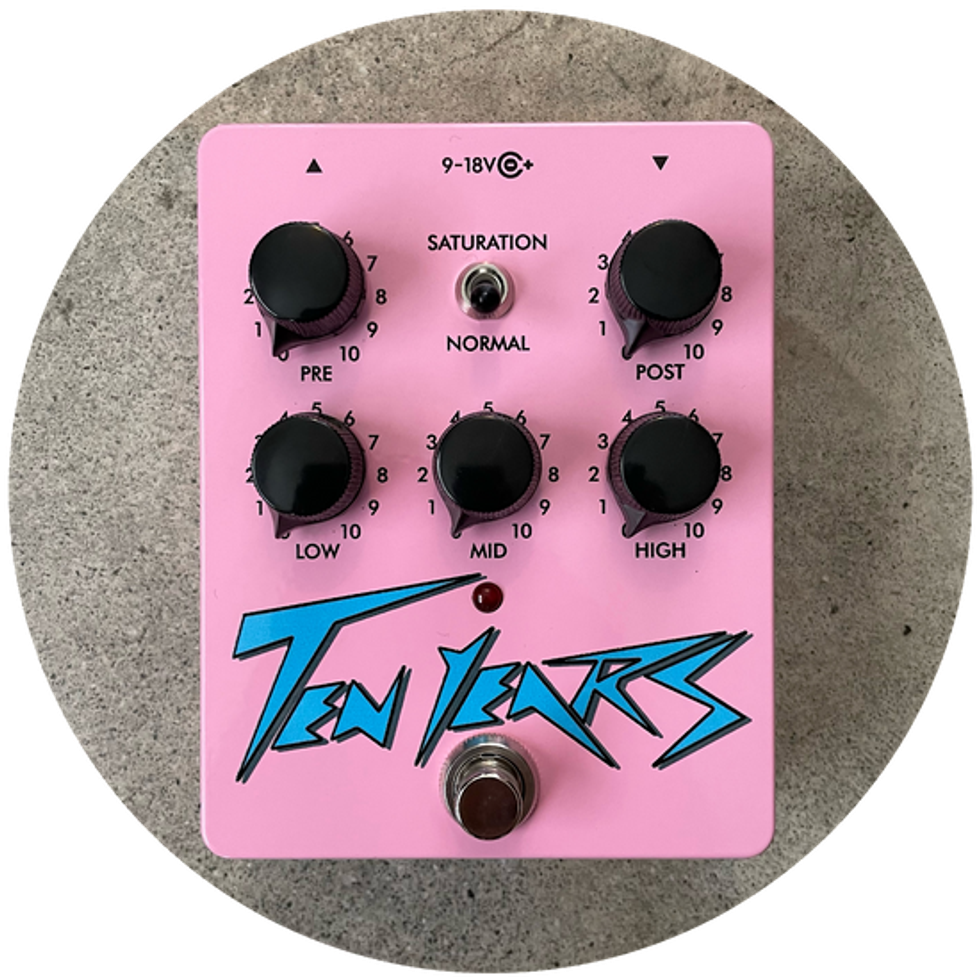
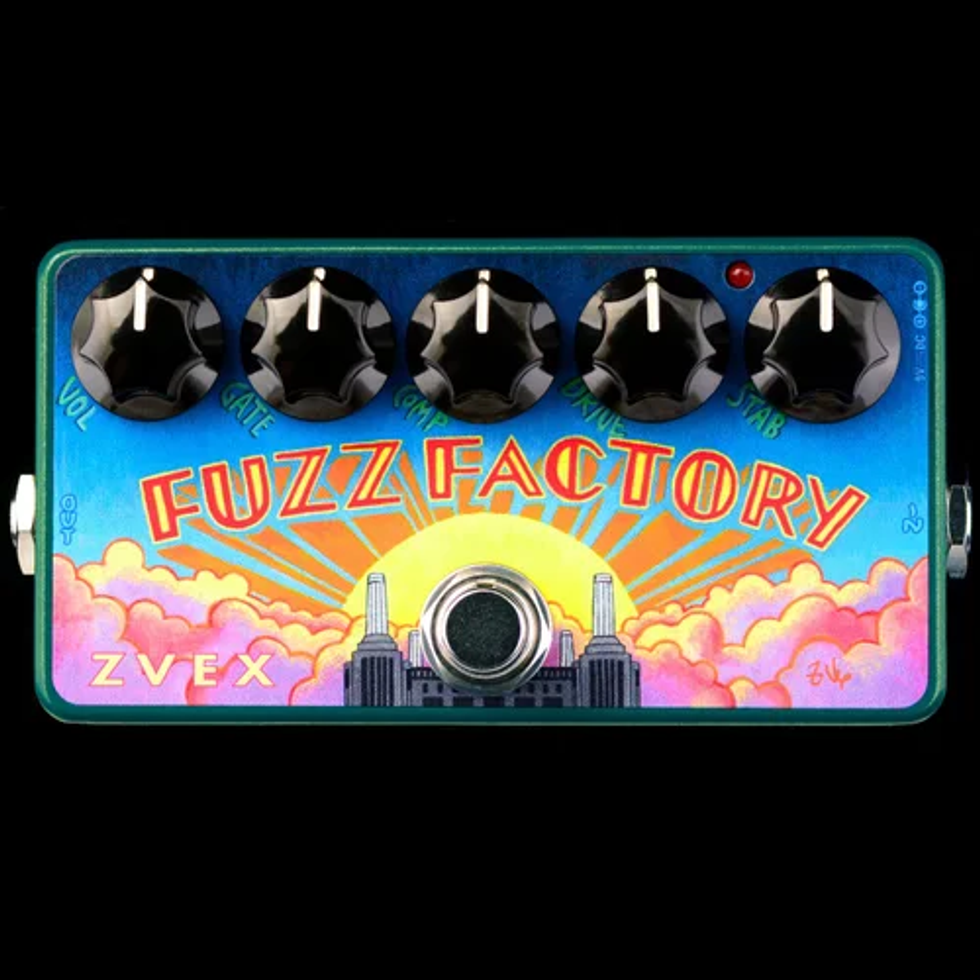
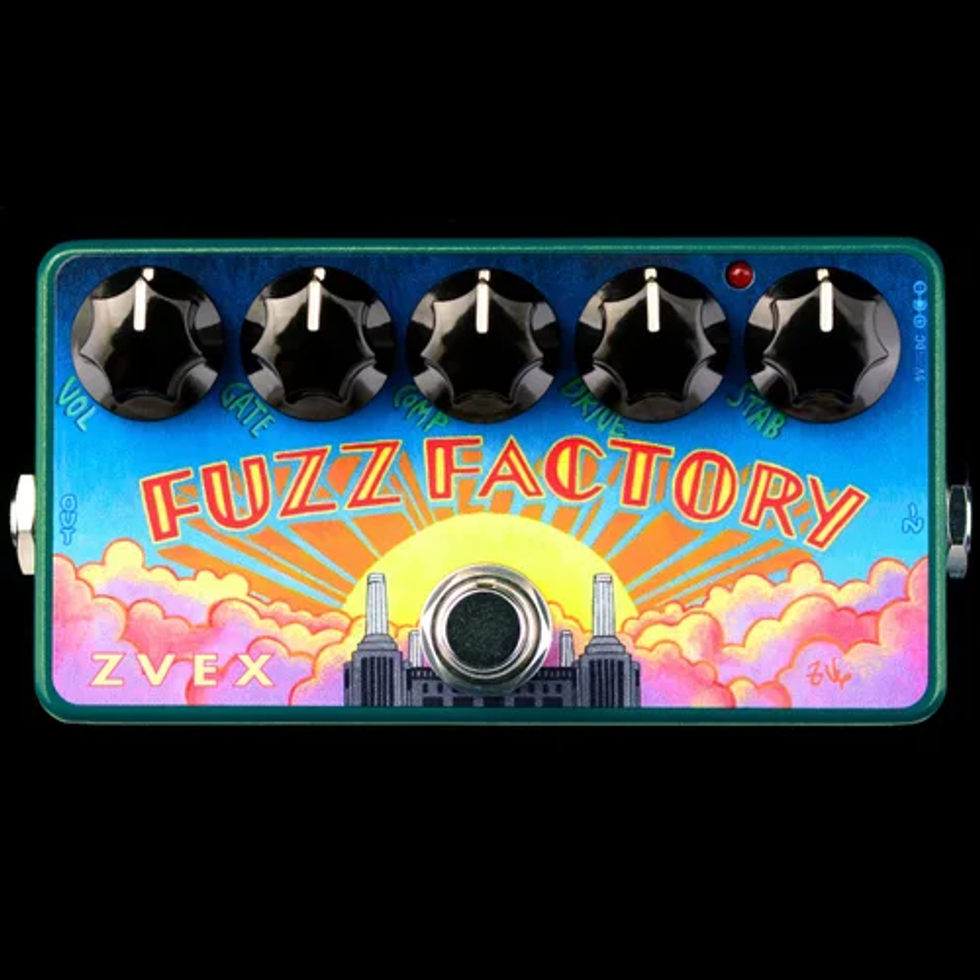
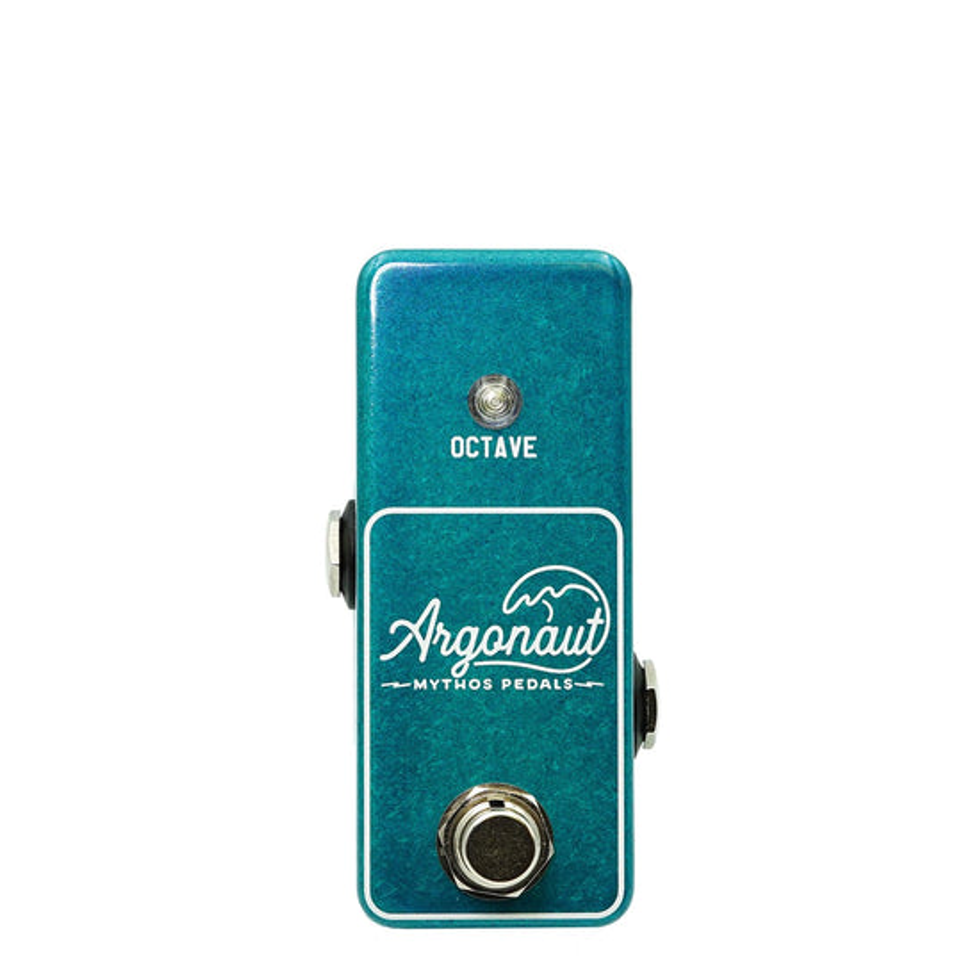
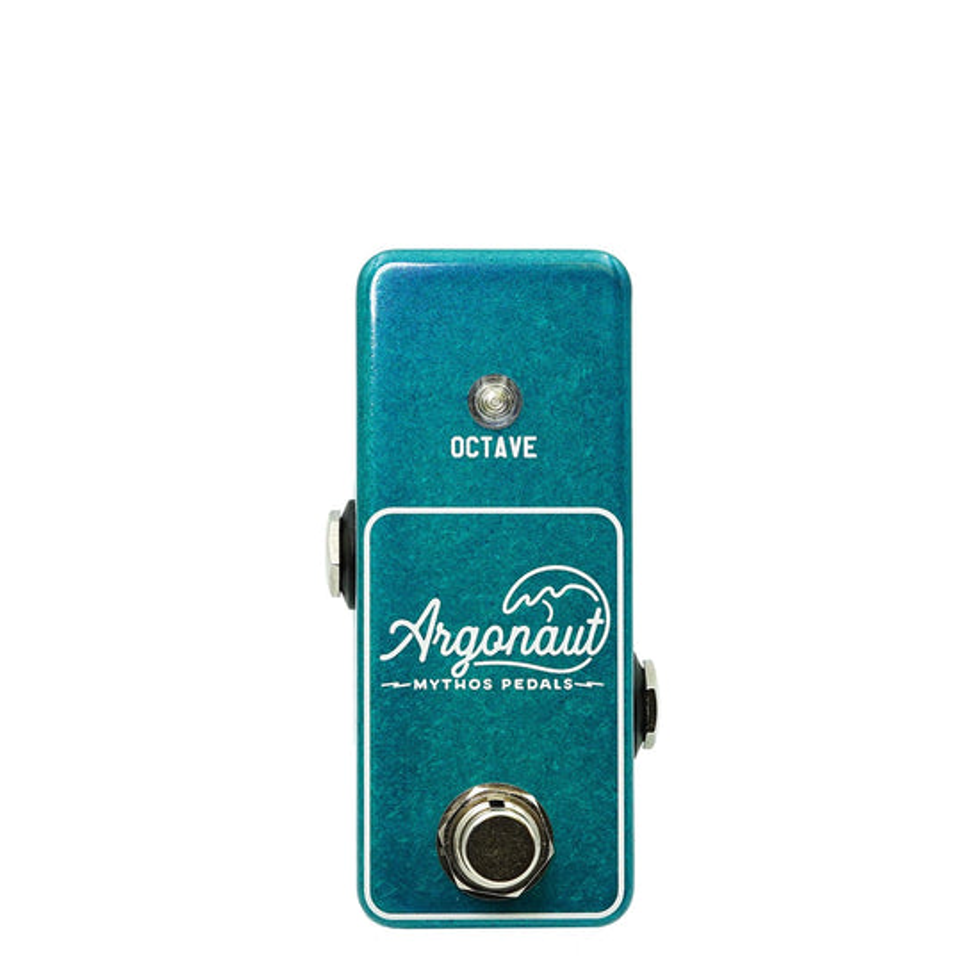
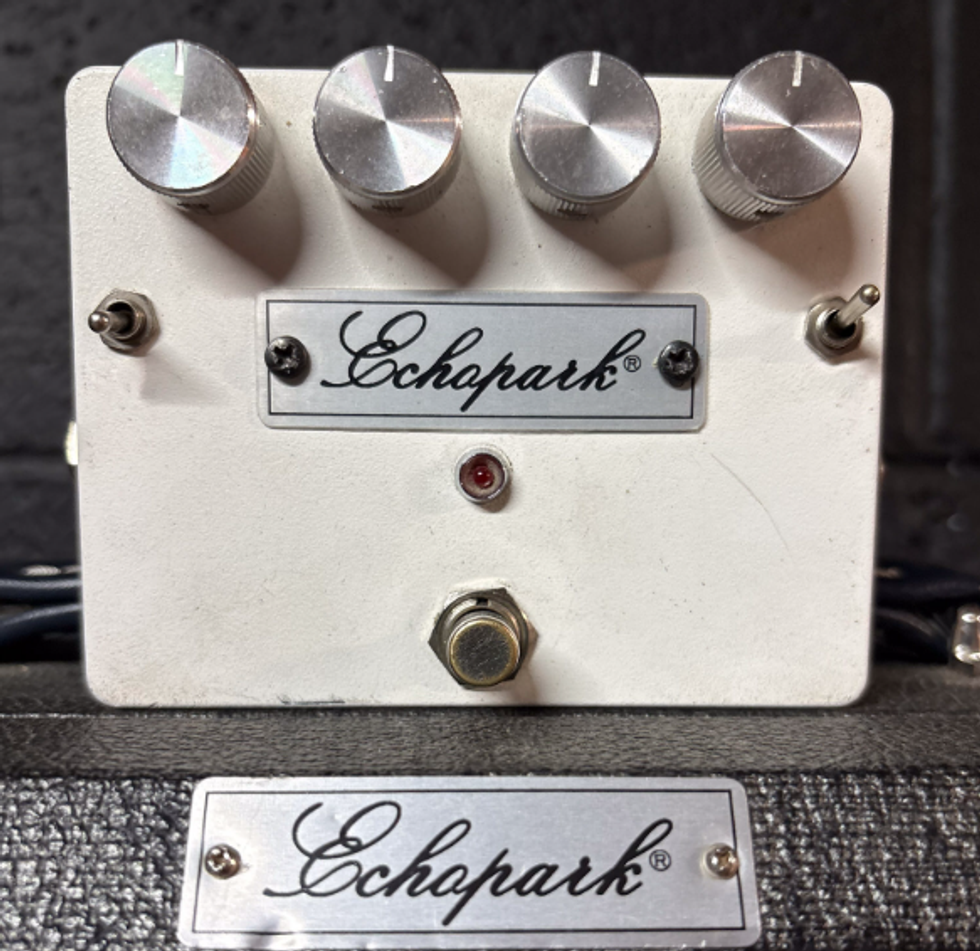
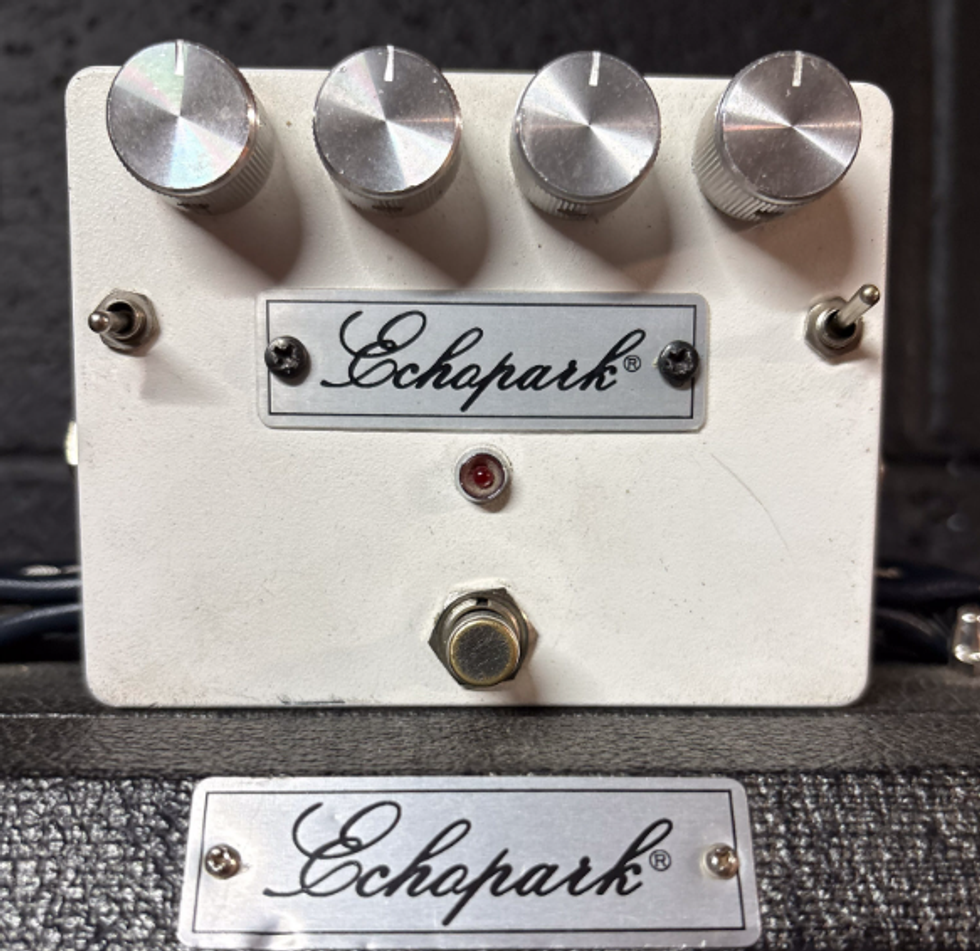
![Devon Eisenbarger [Katy Perry] Rig Rundown](https://www.premierguitar.com/media-library/youtube.jpg?id=61774583&width=1245&height=700&quality=70&coordinates=0%2C0%2C0%2C0)













 Zach loves his Sovtek Mig 60 head, which he plays through a cab he built himself at a pipe-organ shop in Denver. Every glue joint is lined with thin leather for maximum air tightness, and it’s stocked with Celestion G12M Greenback speakers.
Zach loves his Sovtek Mig 60 head, which he plays through a cab he built himself at a pipe-organ shop in Denver. Every glue joint is lined with thin leather for maximum air tightness, and it’s stocked with Celestion G12M Greenback speakers.


































